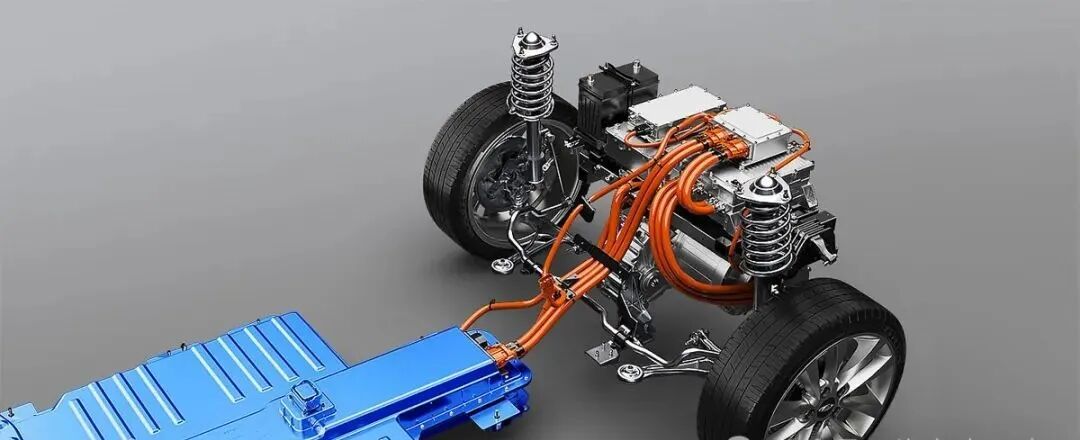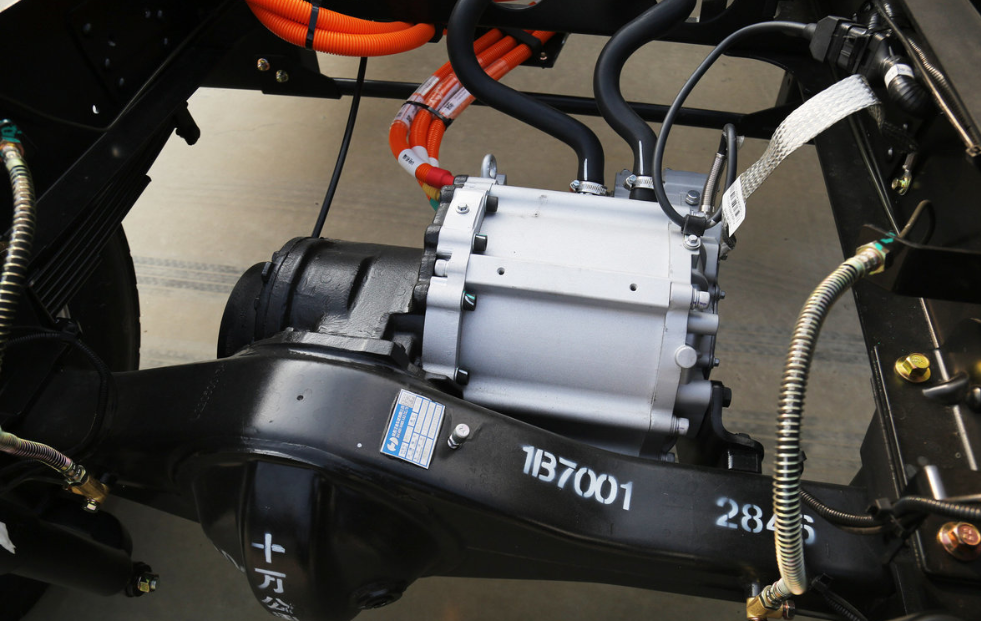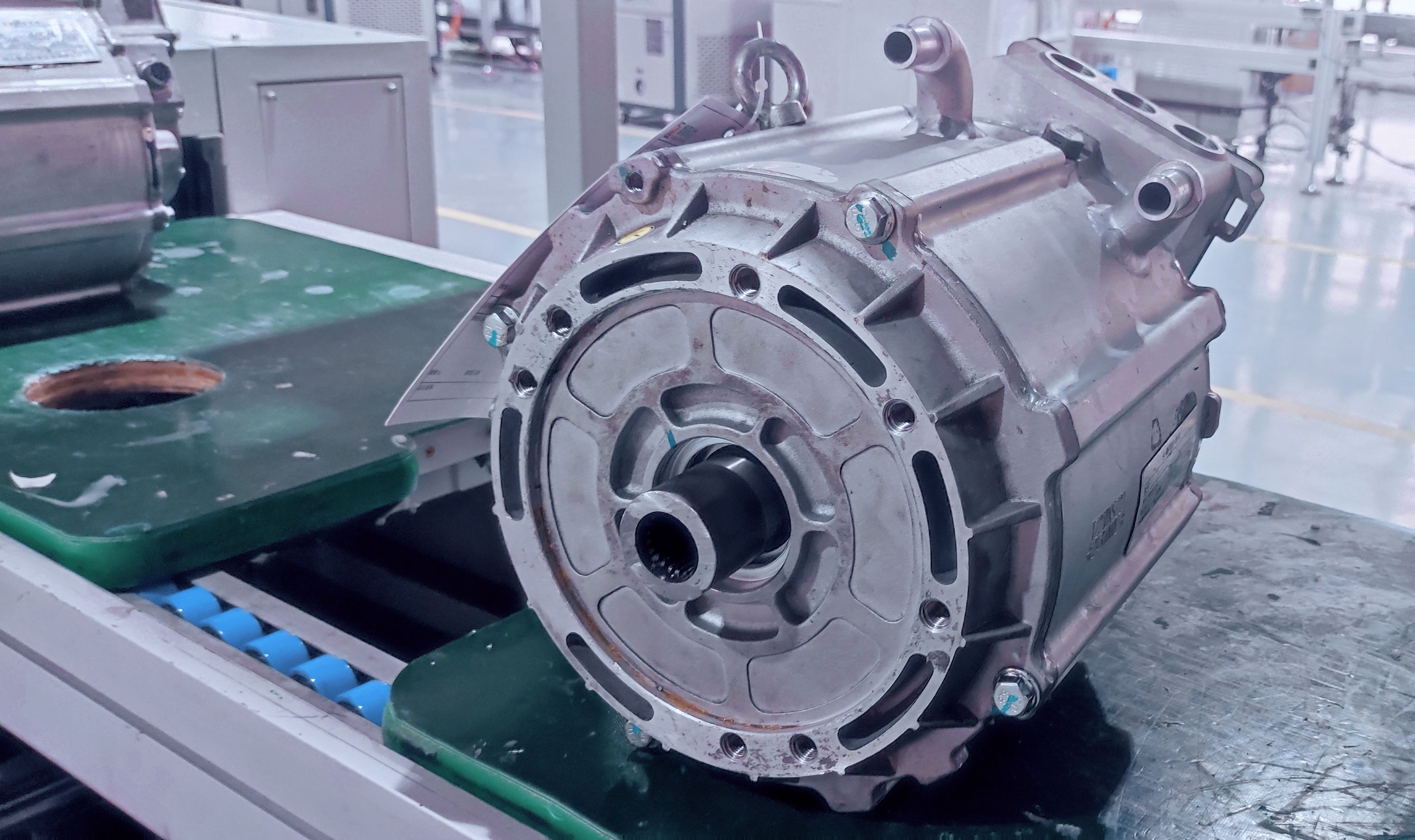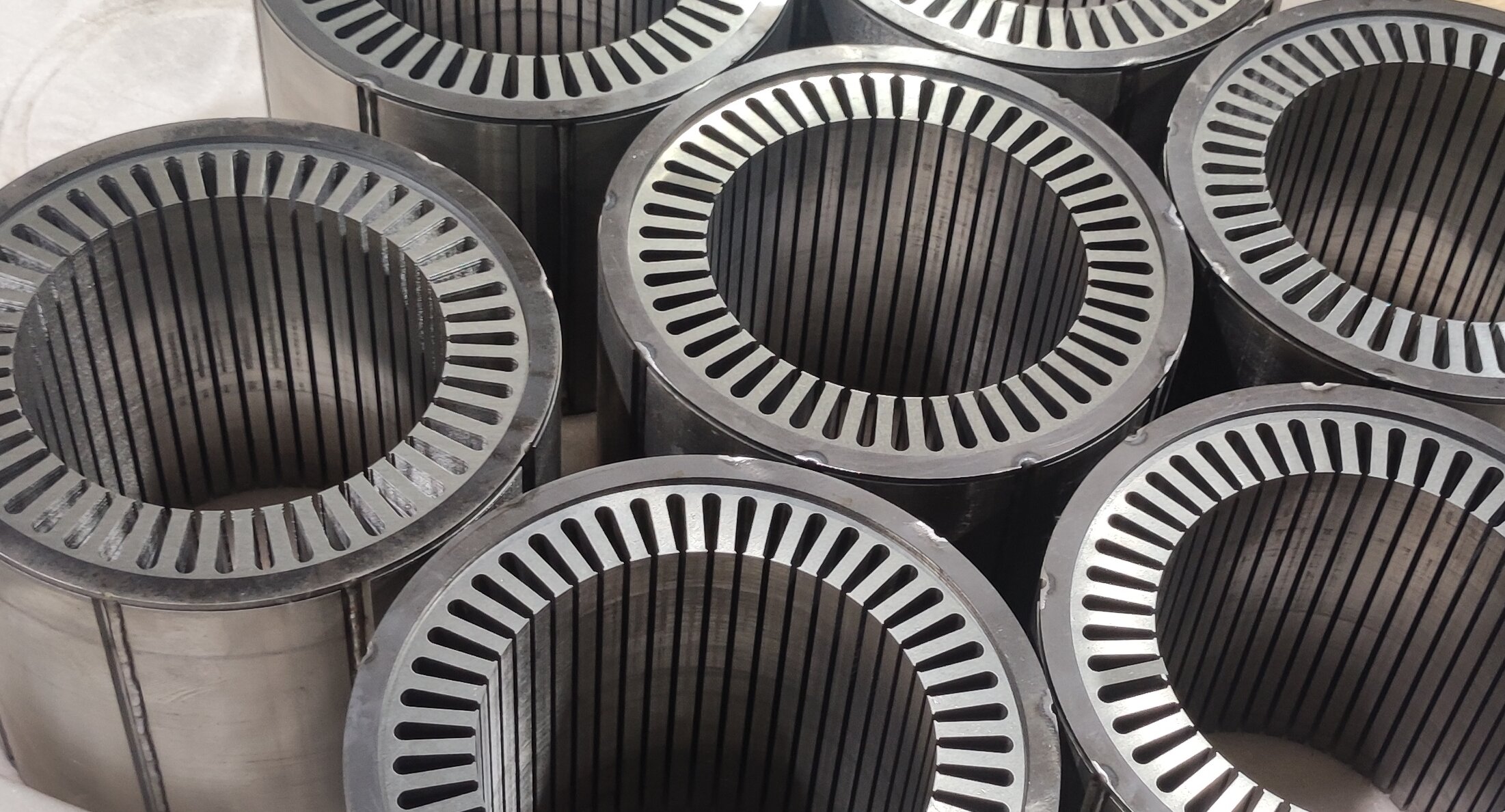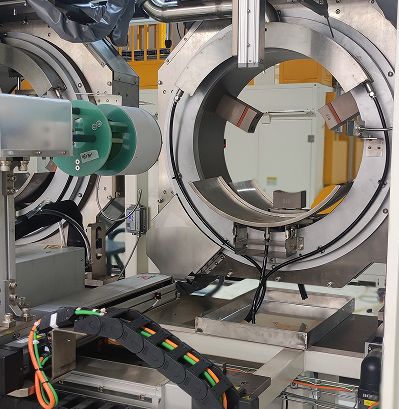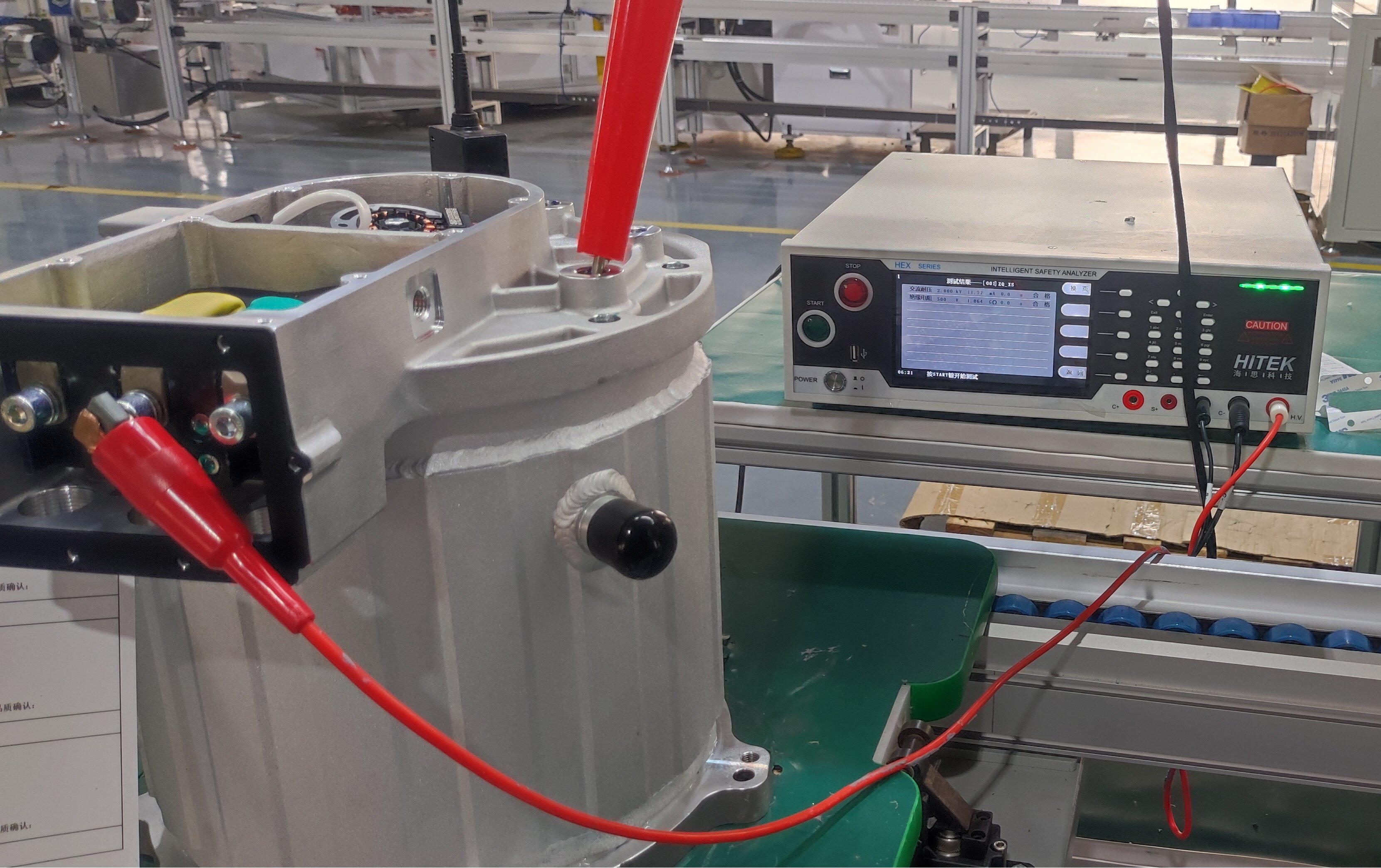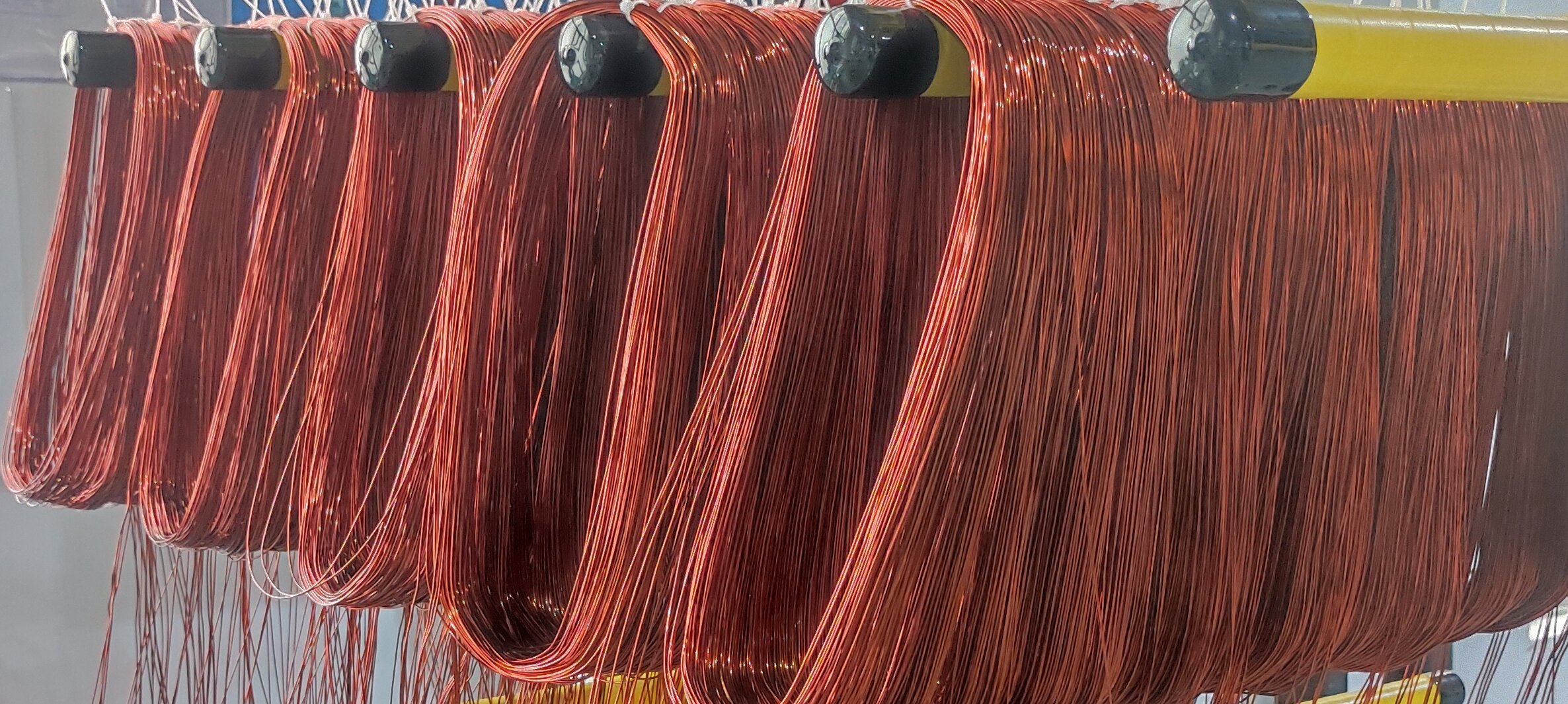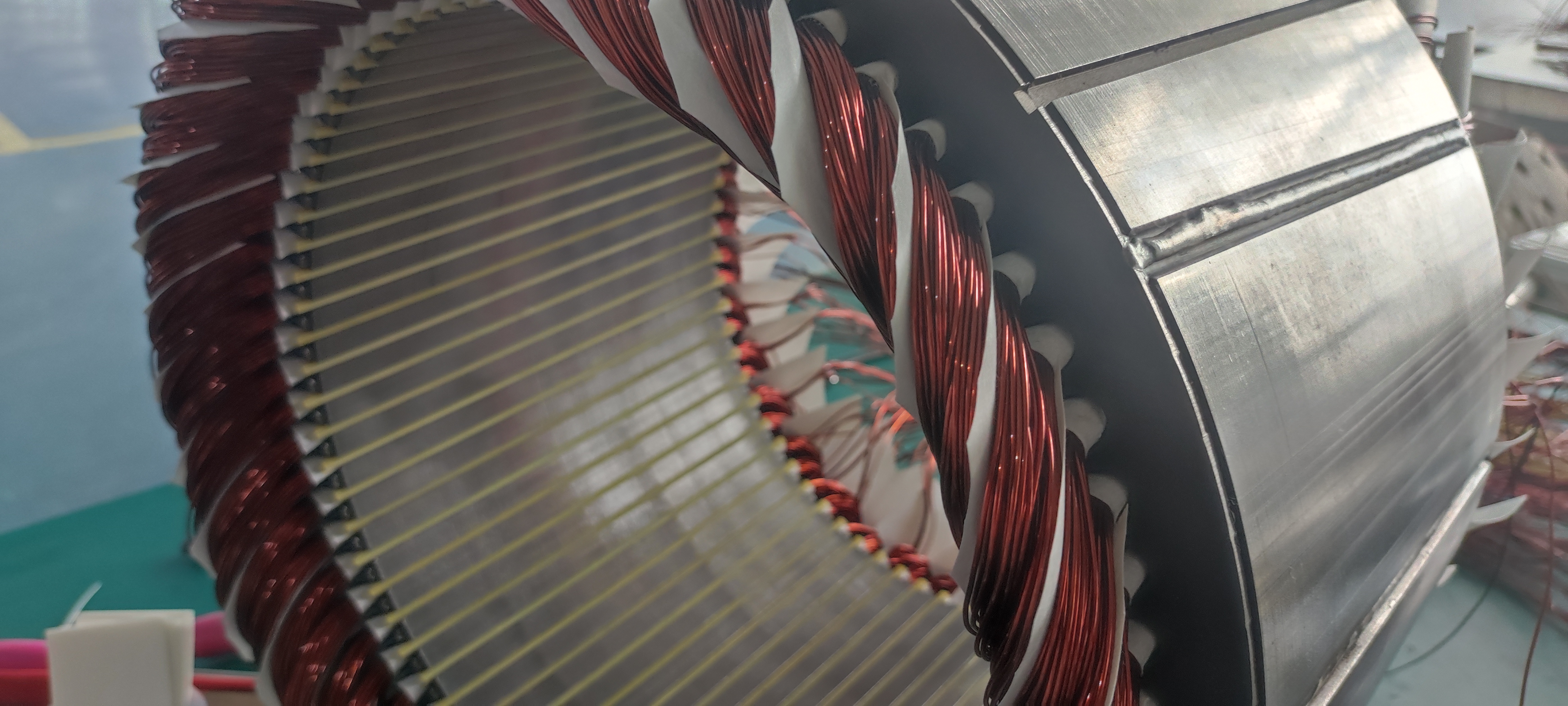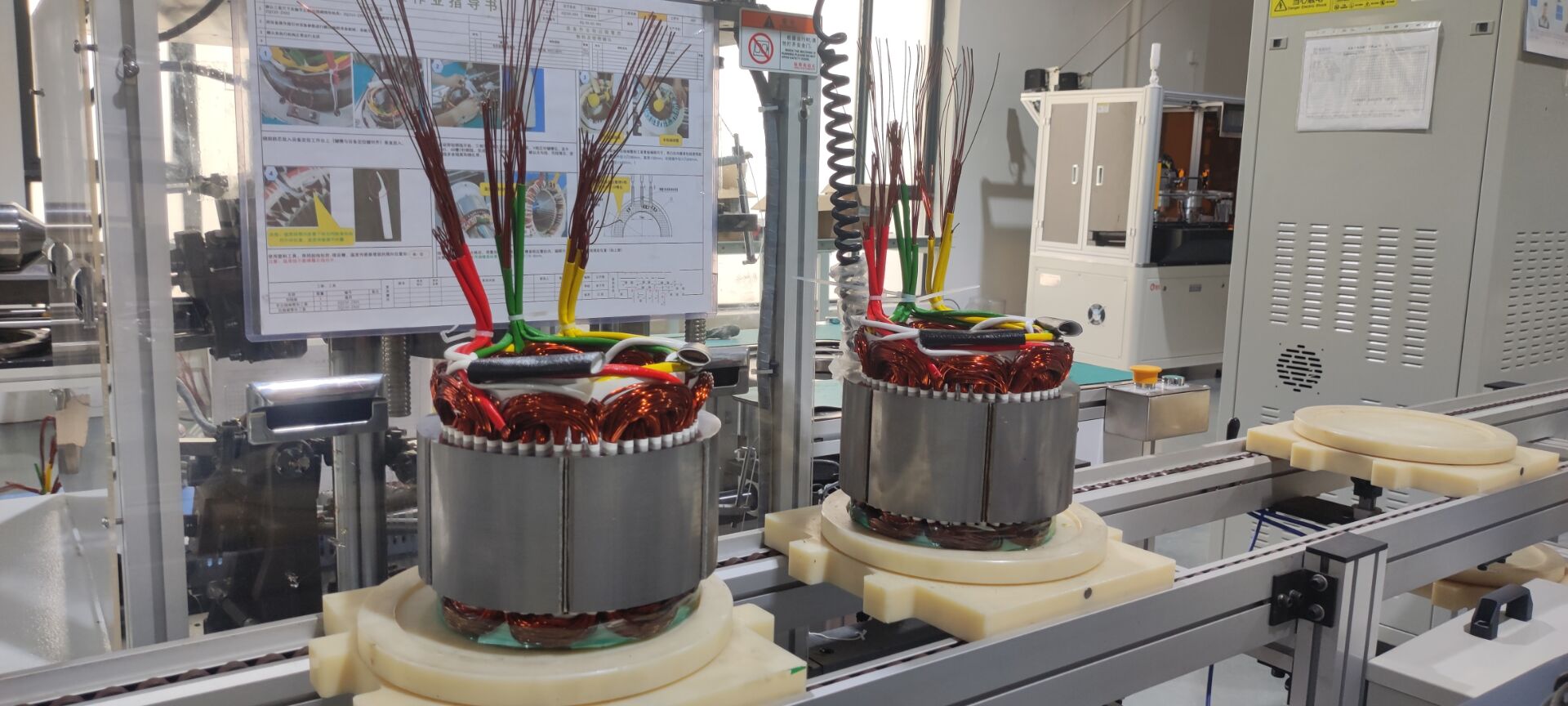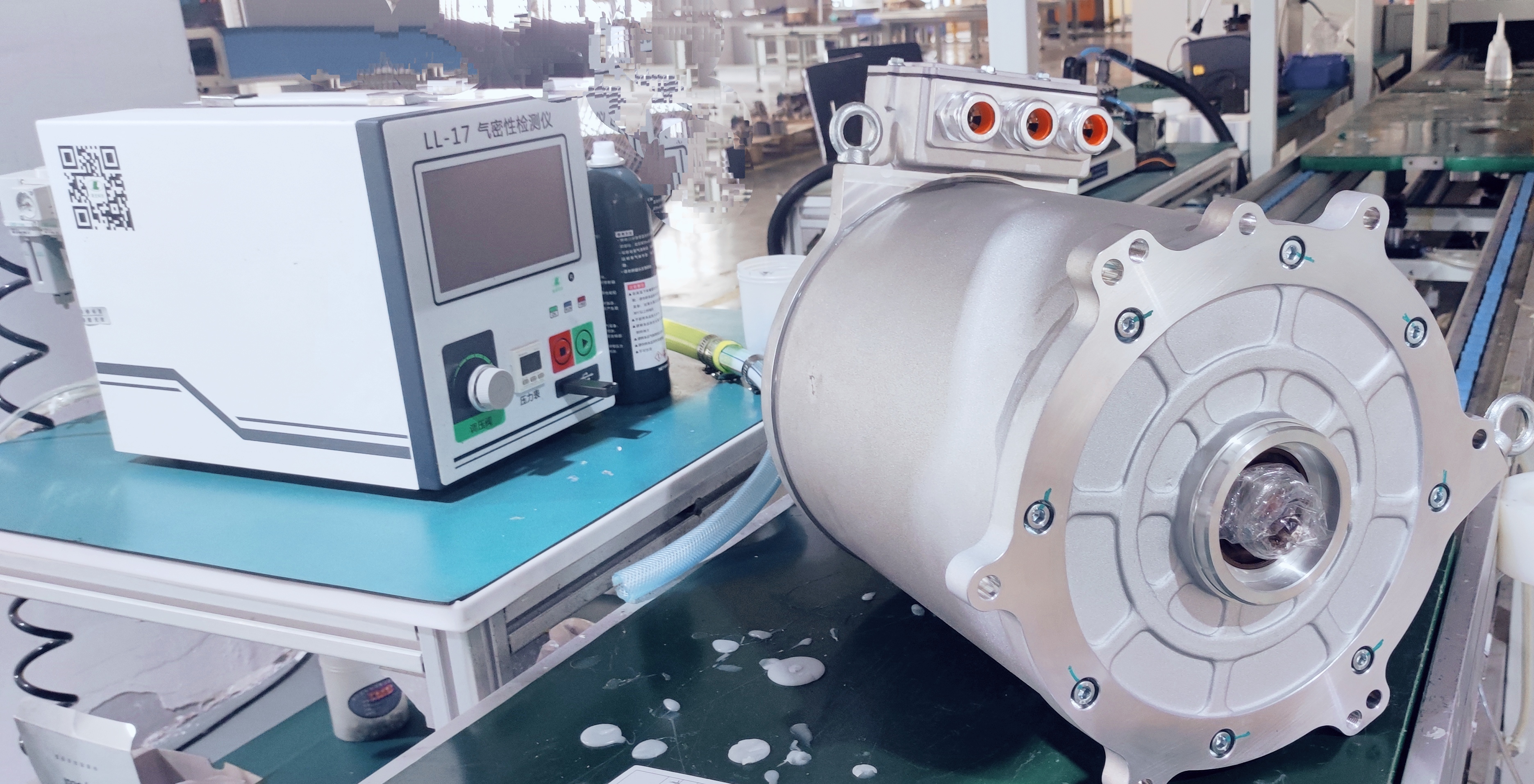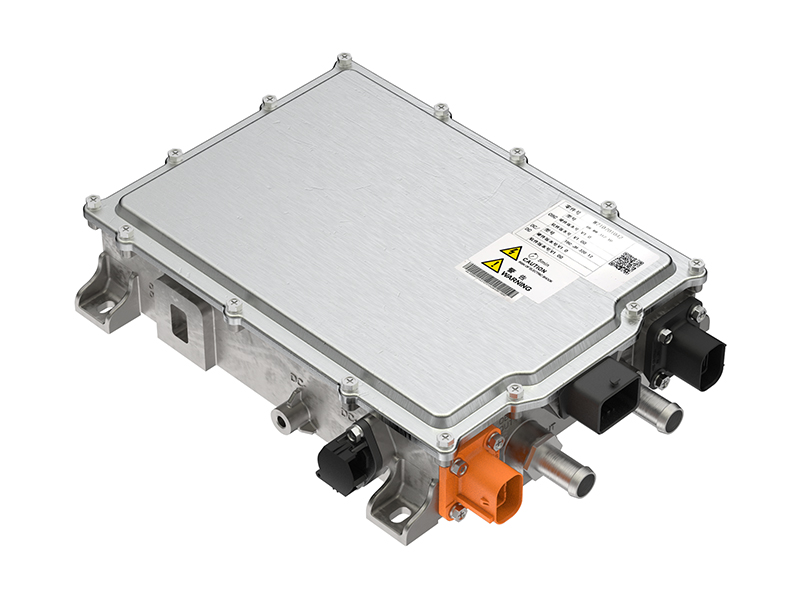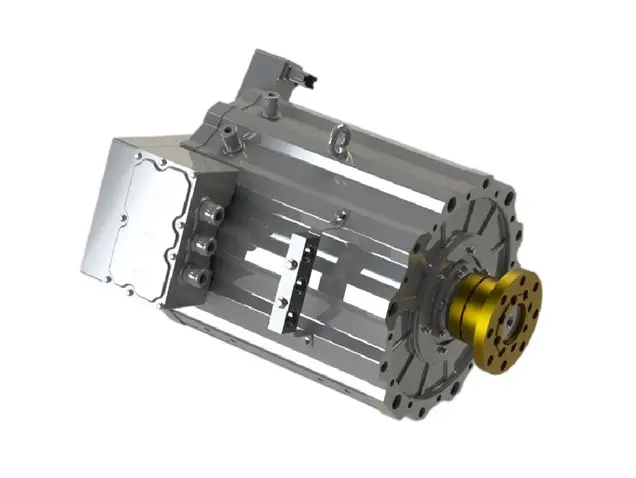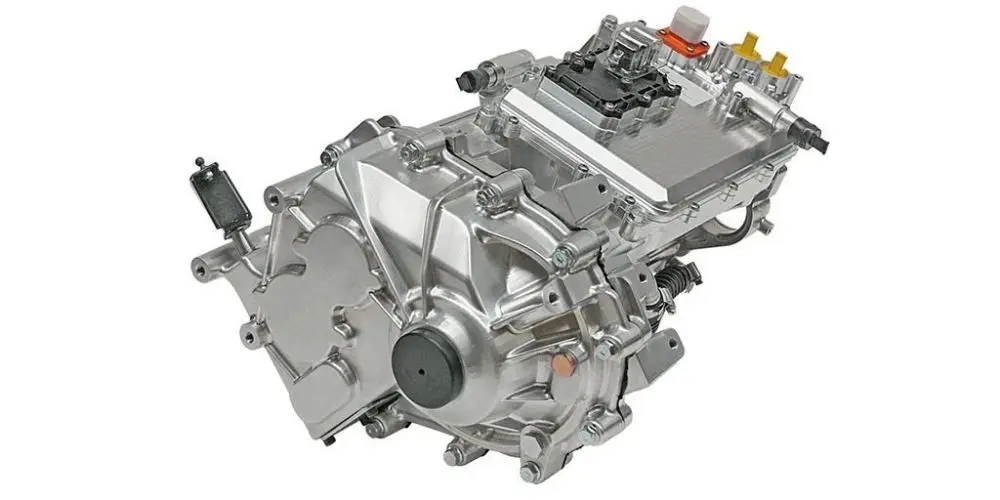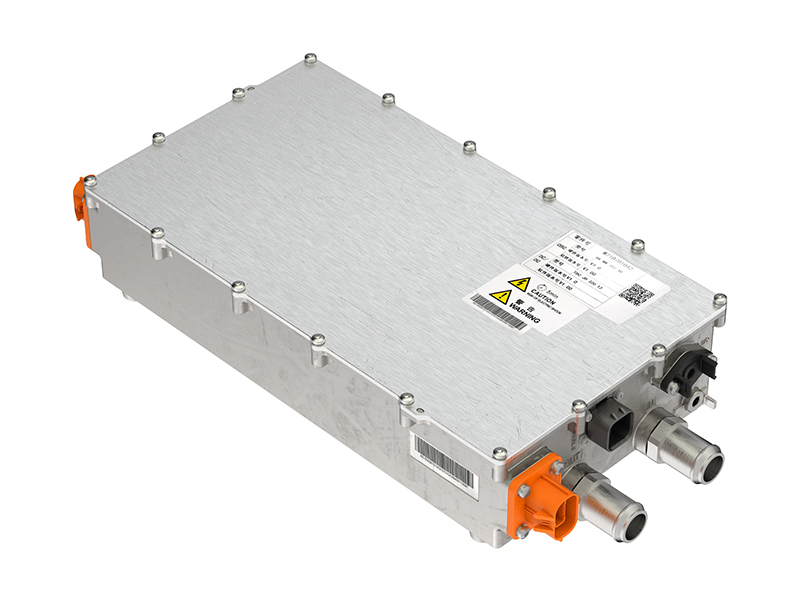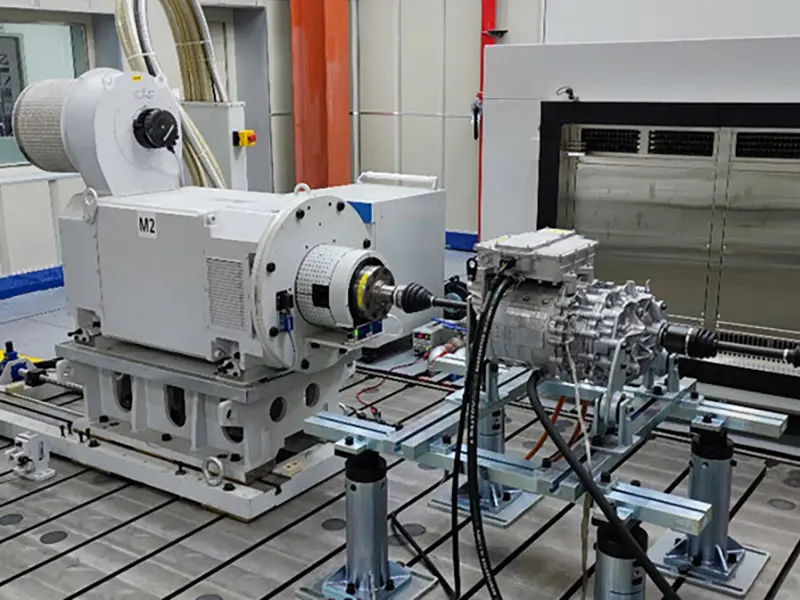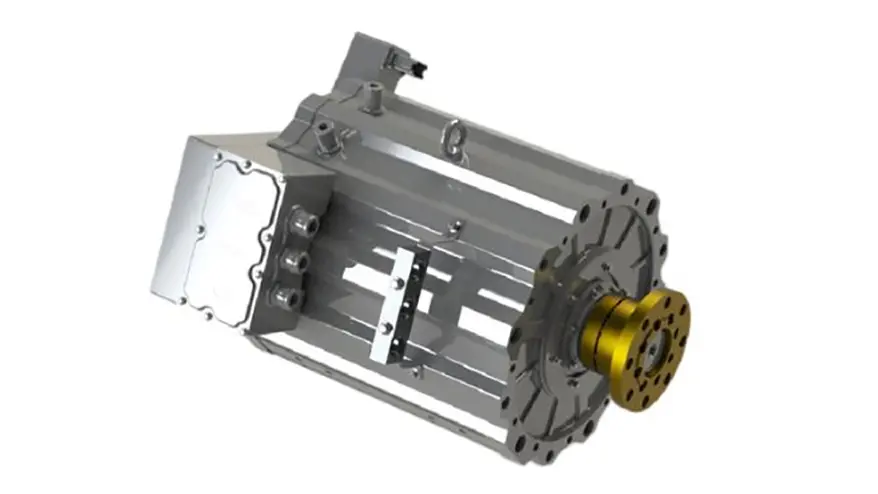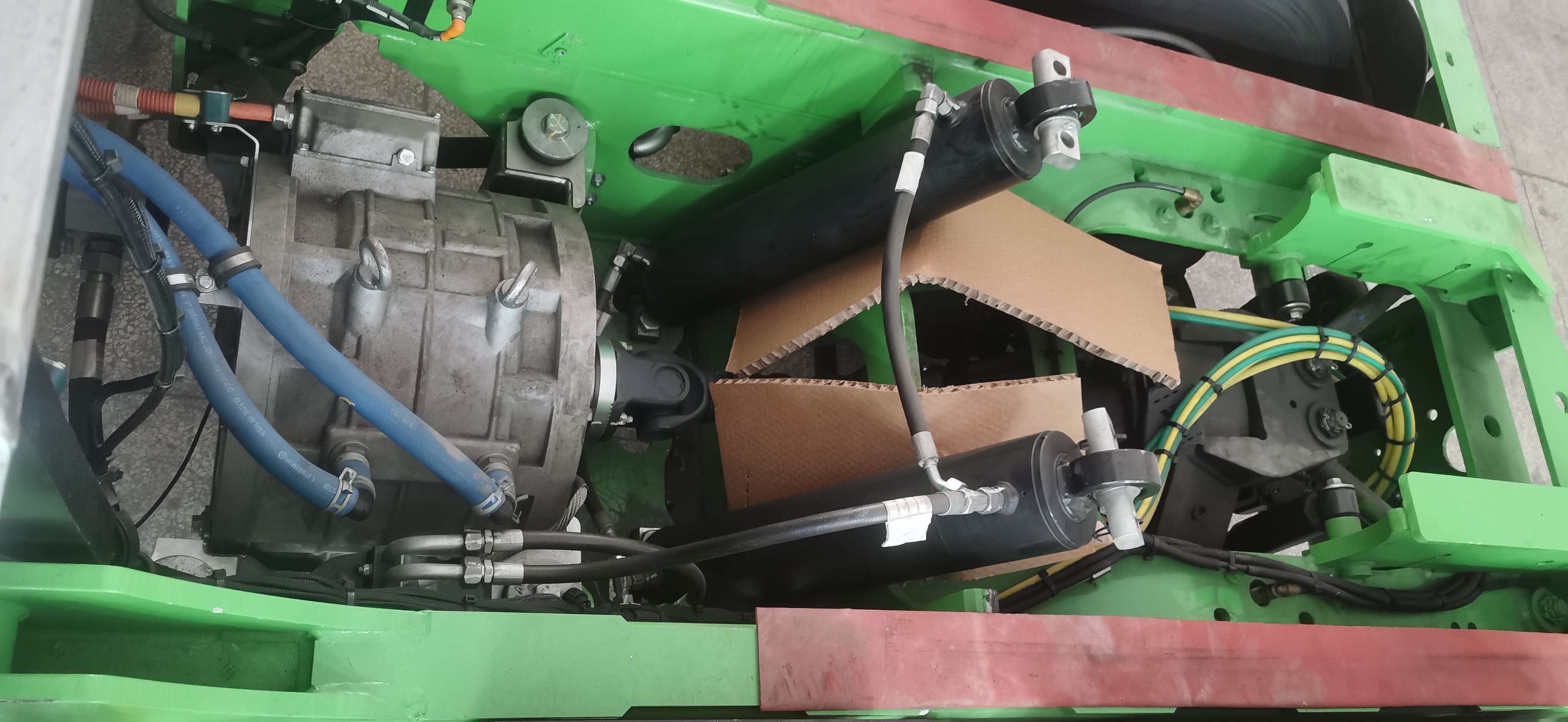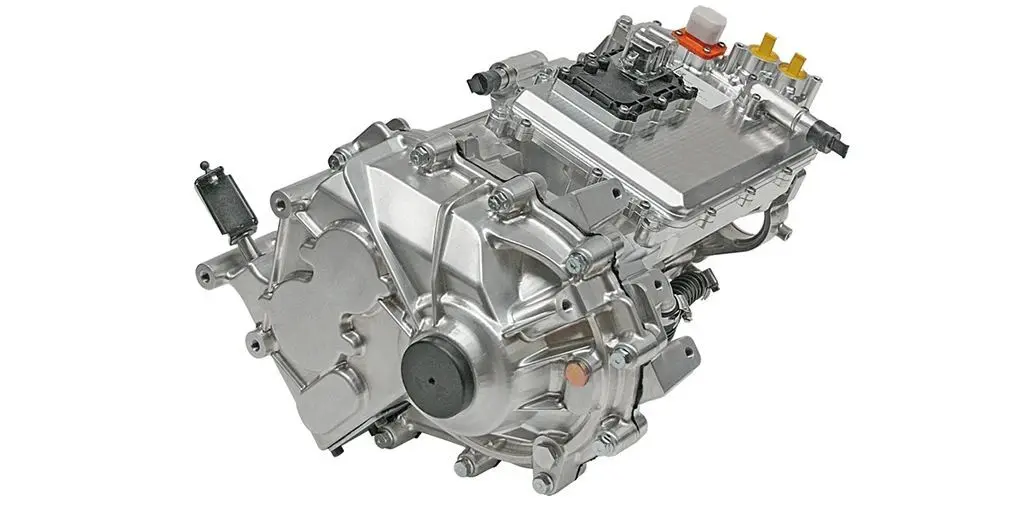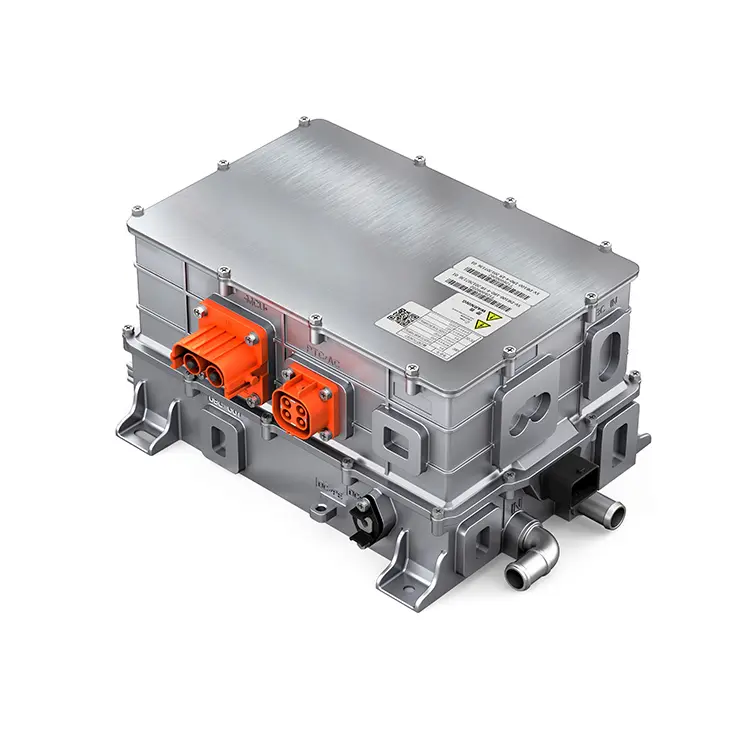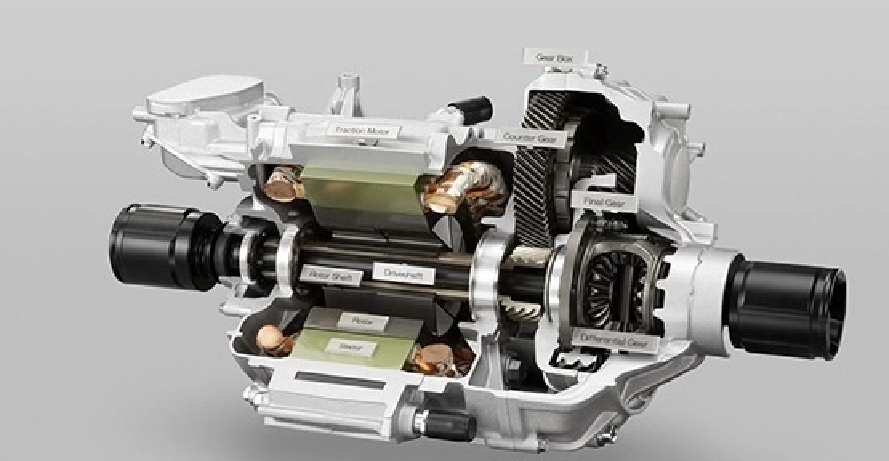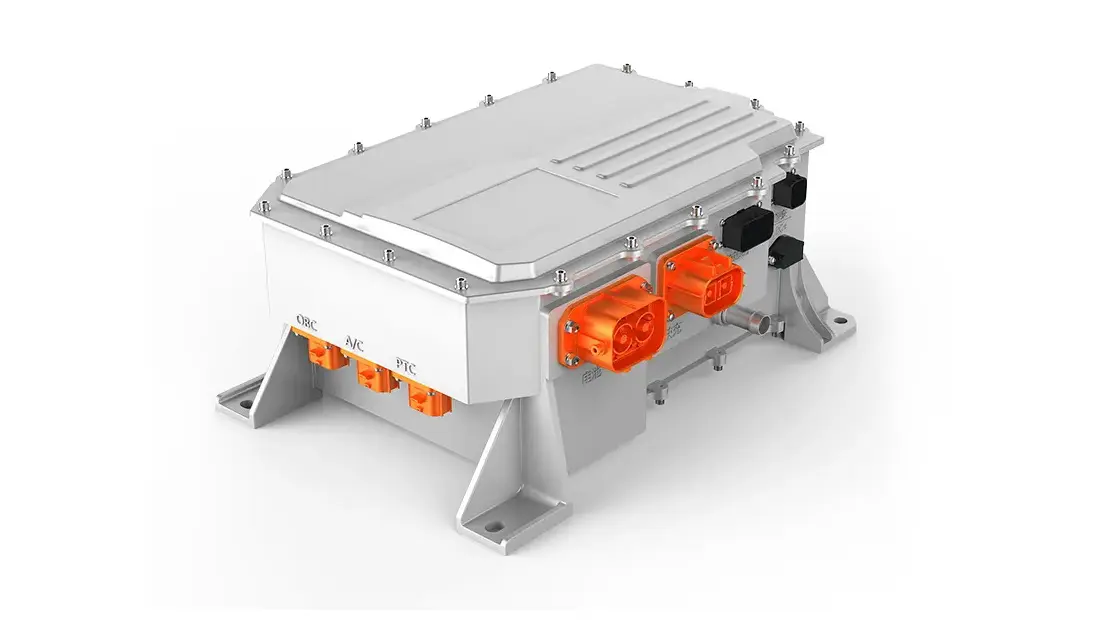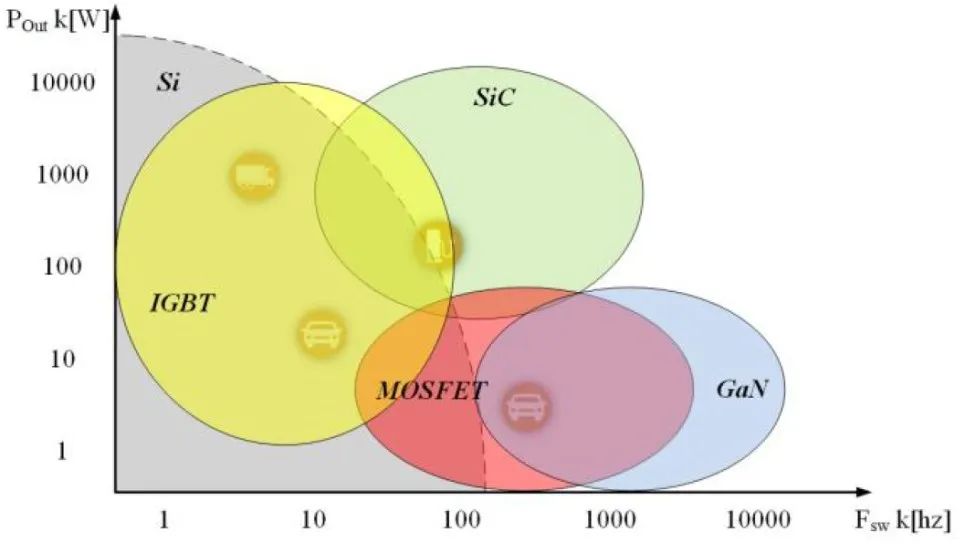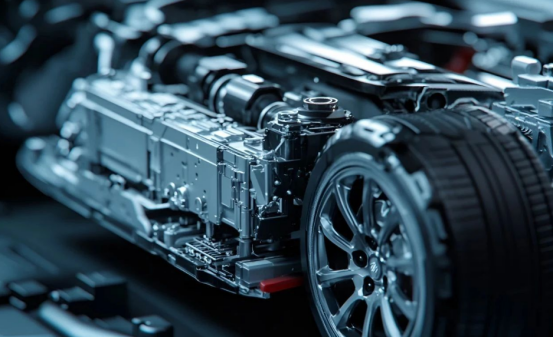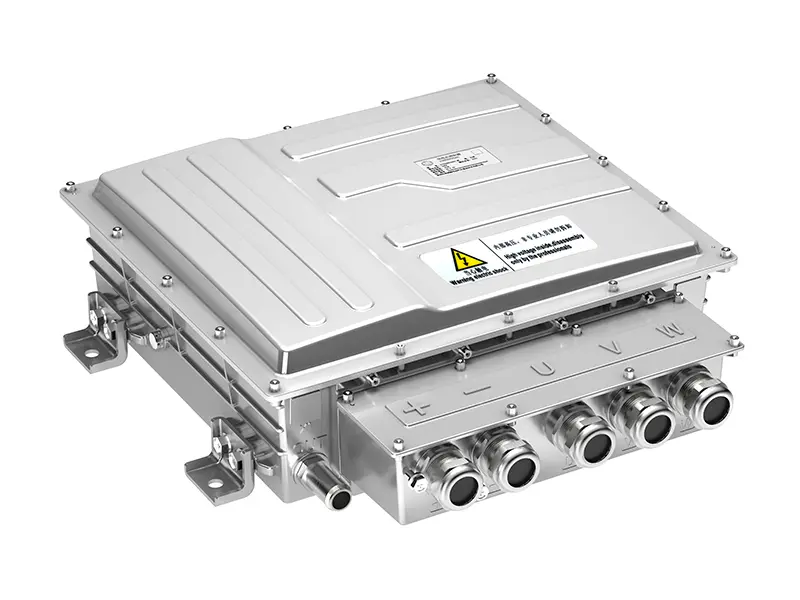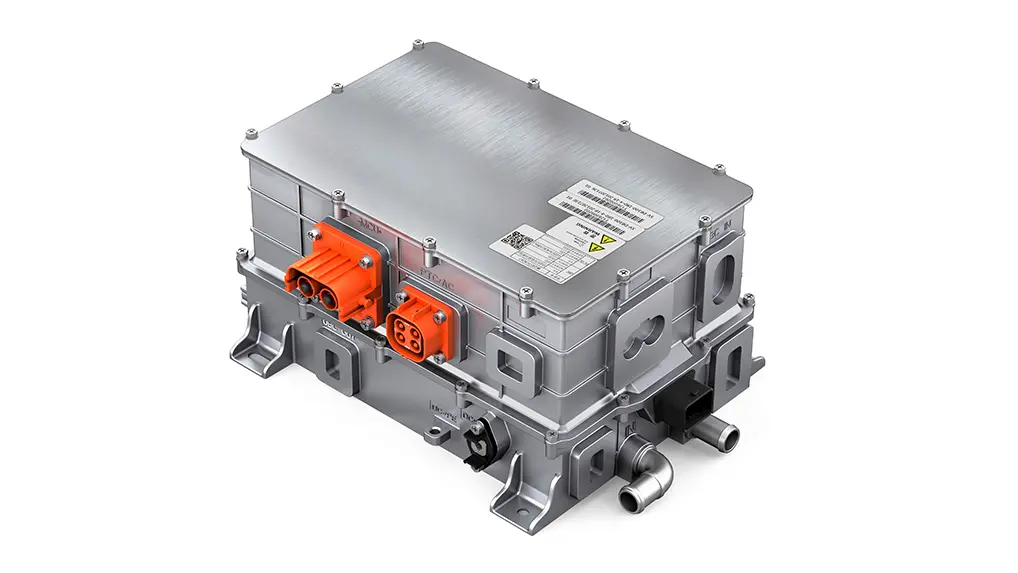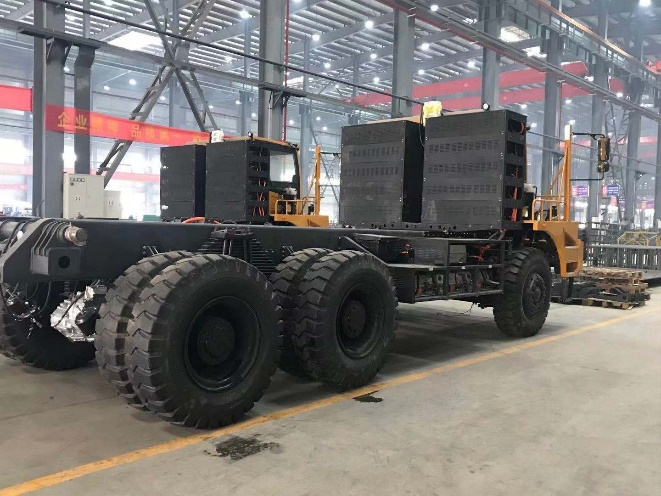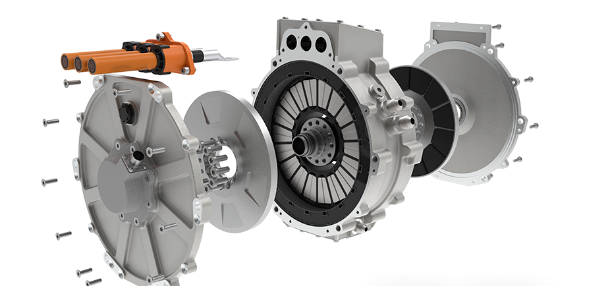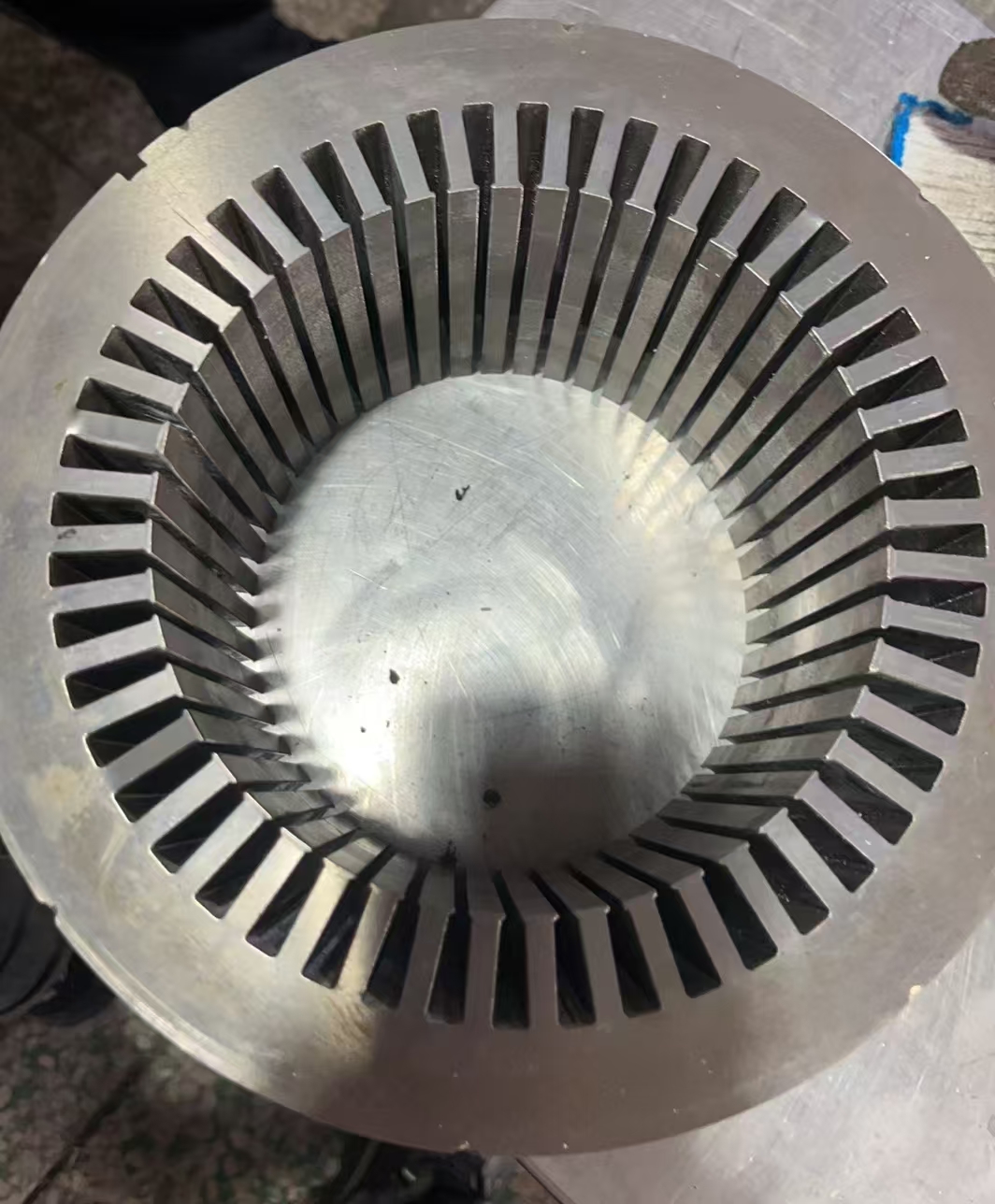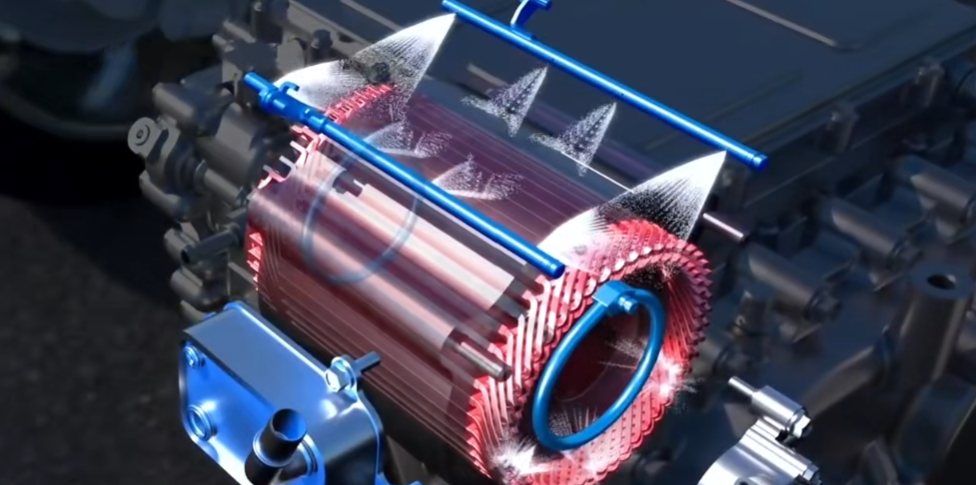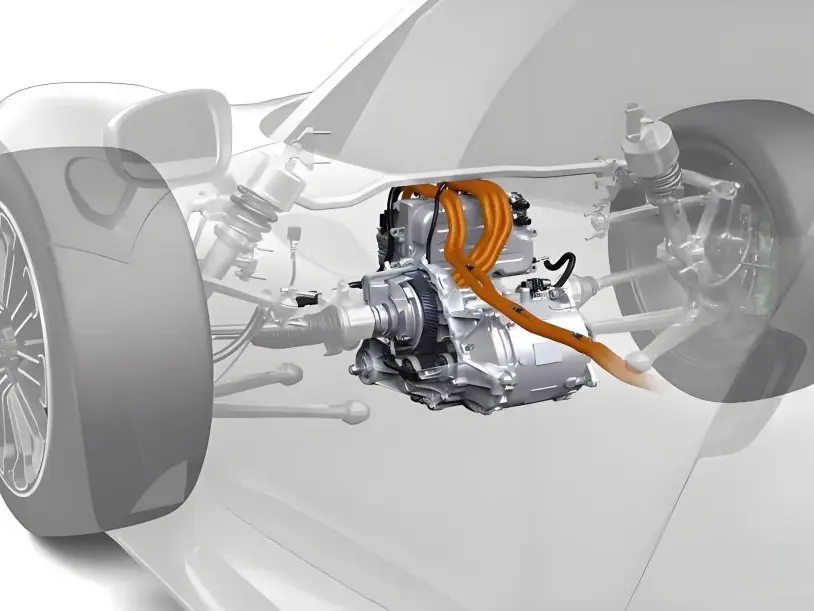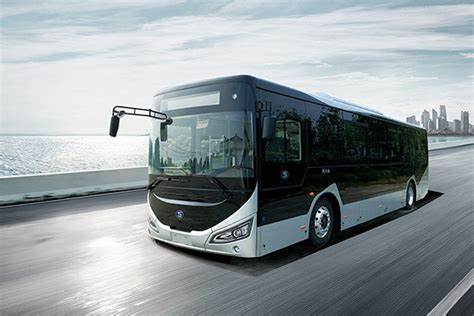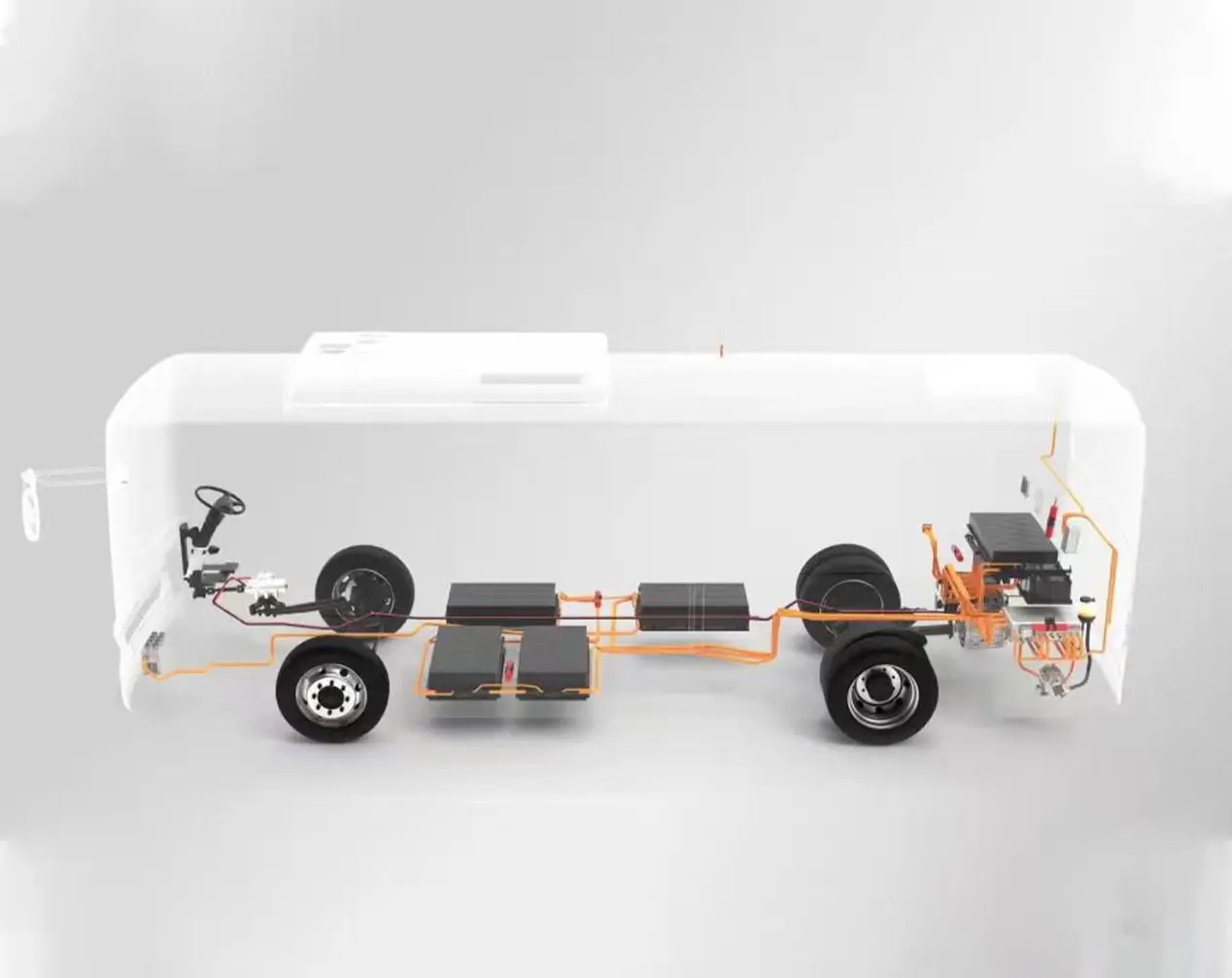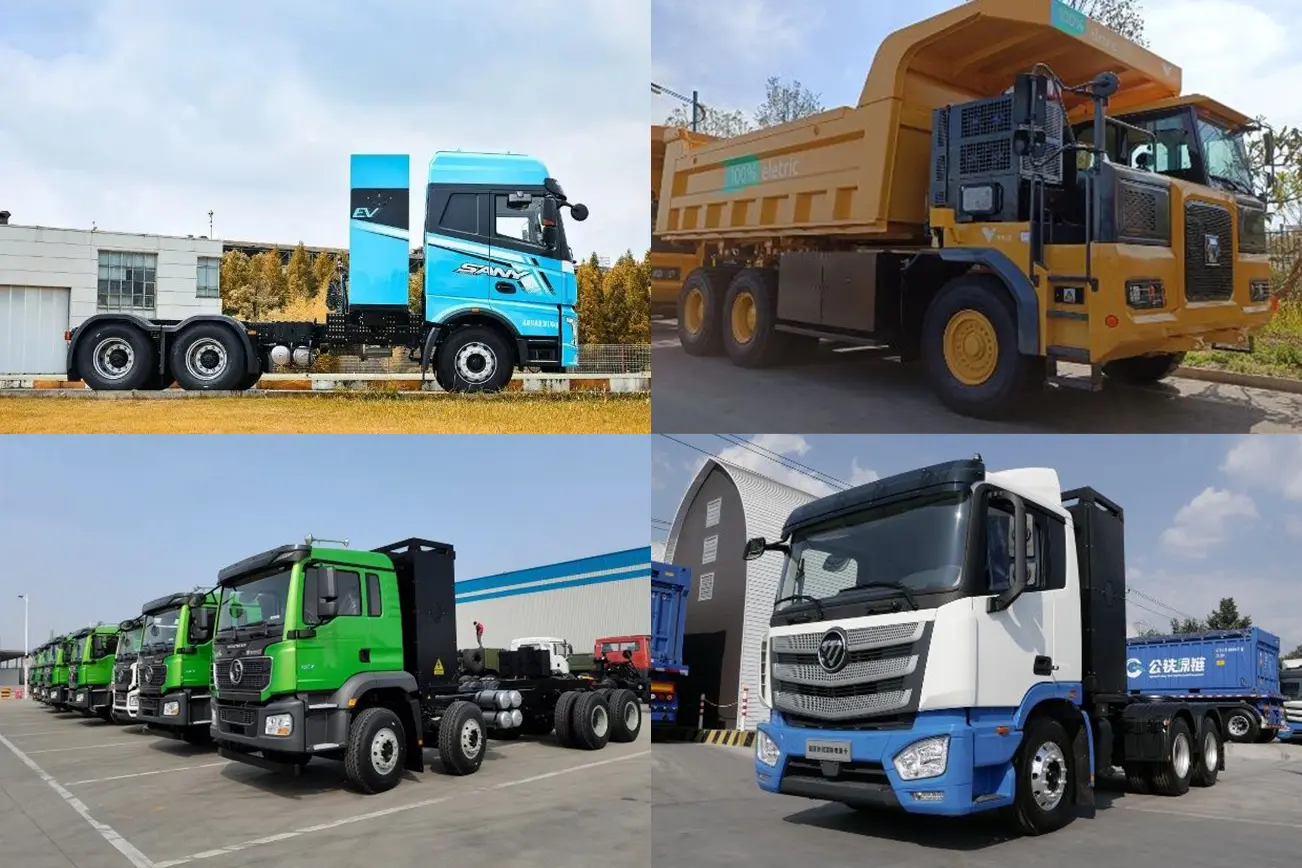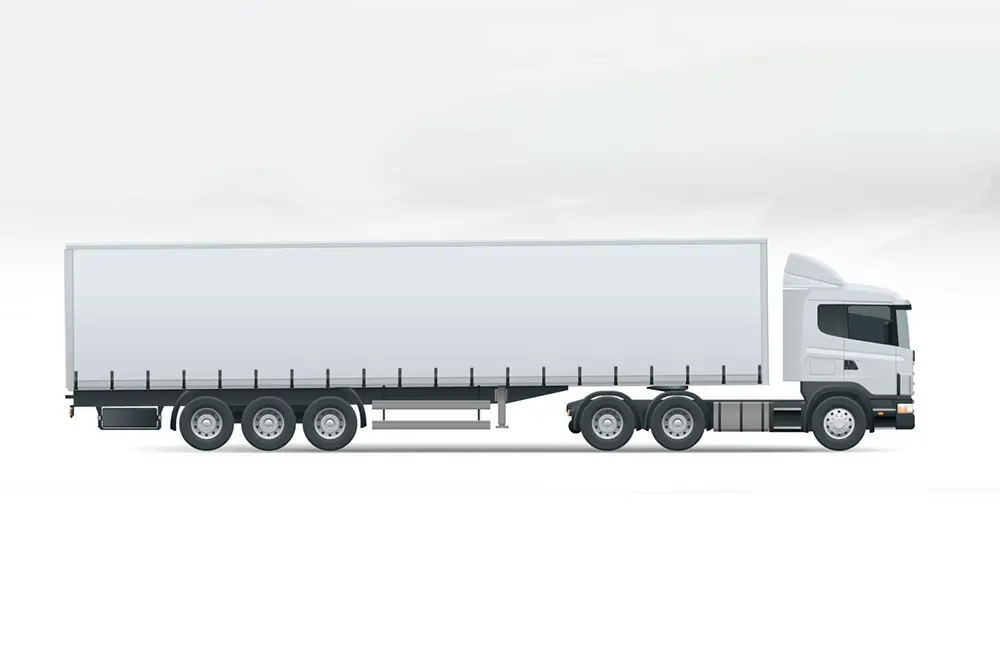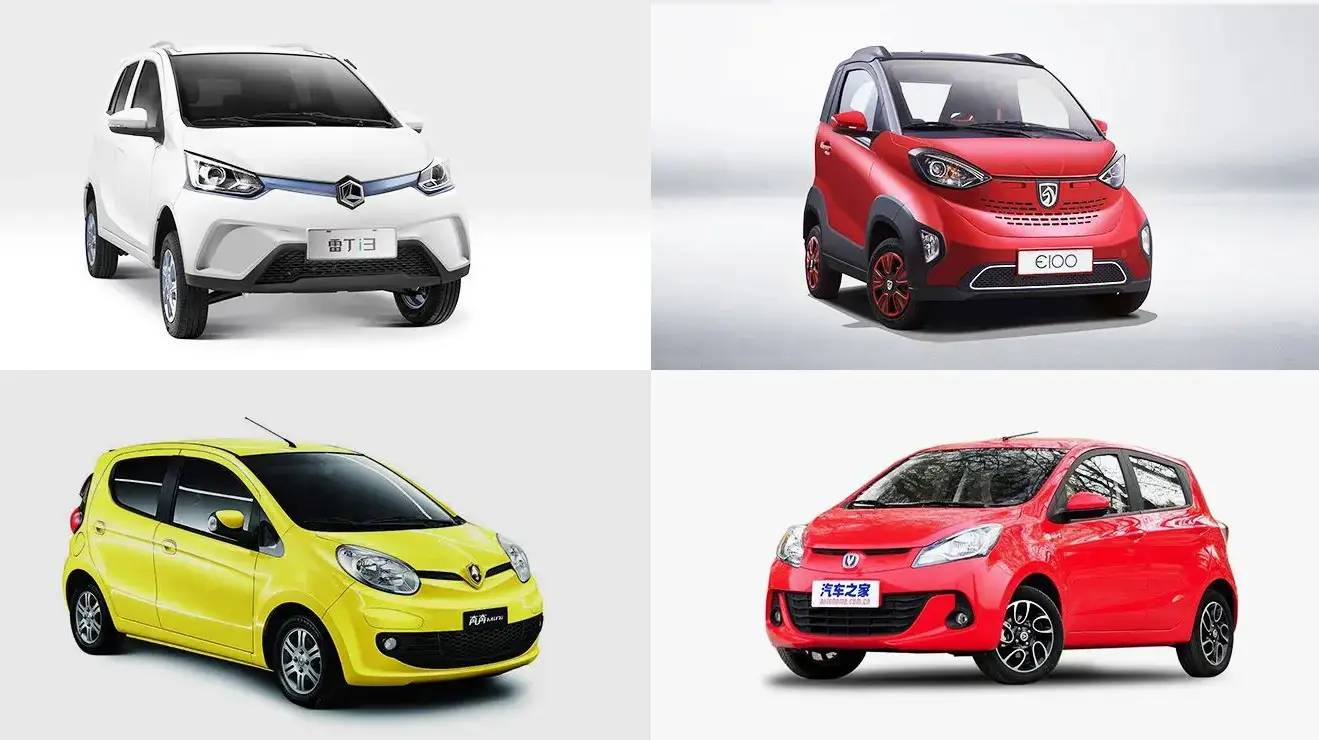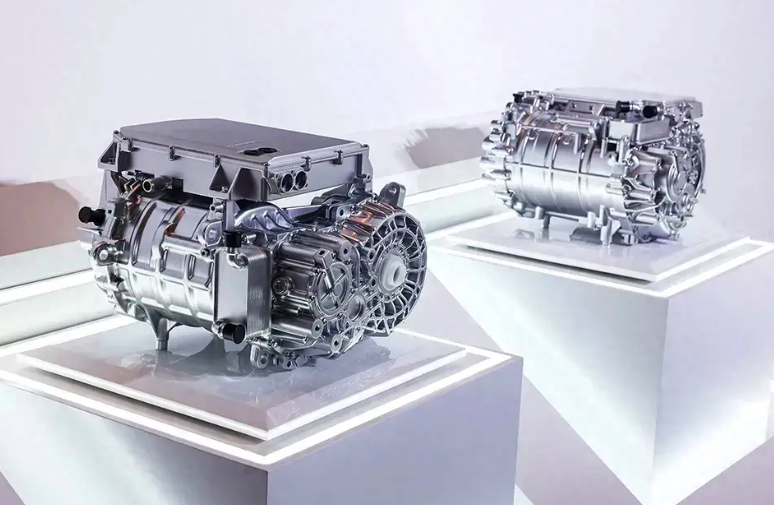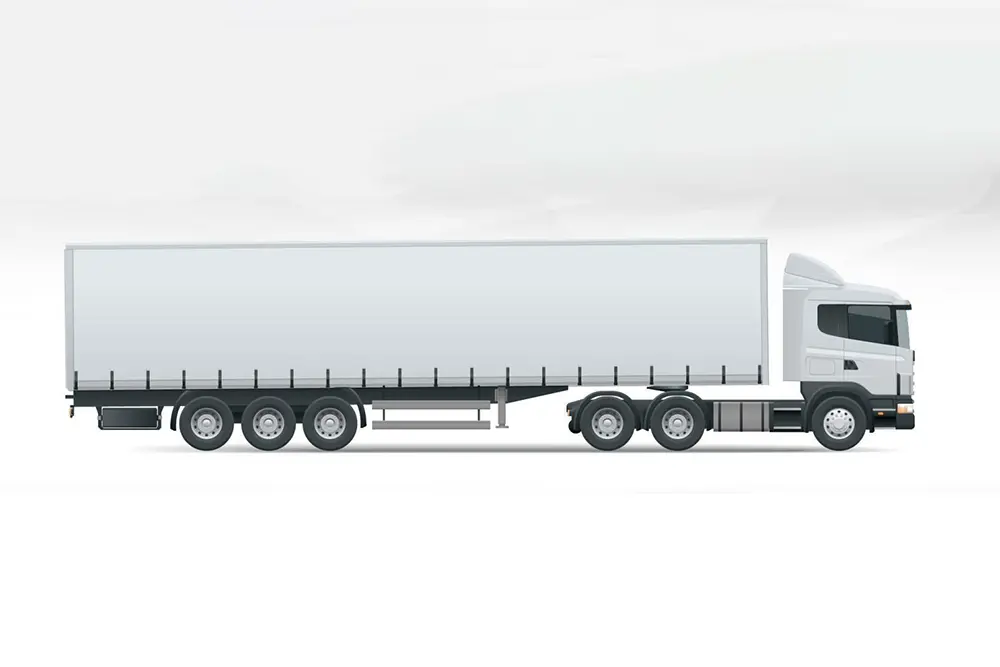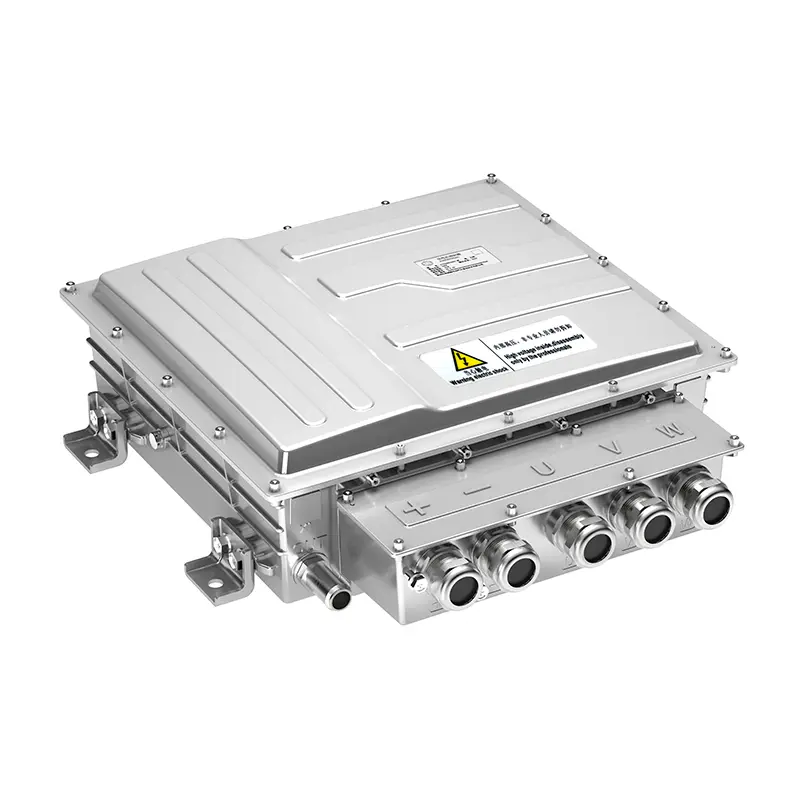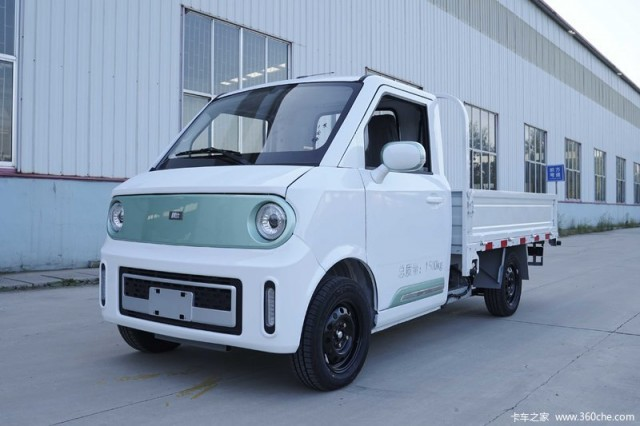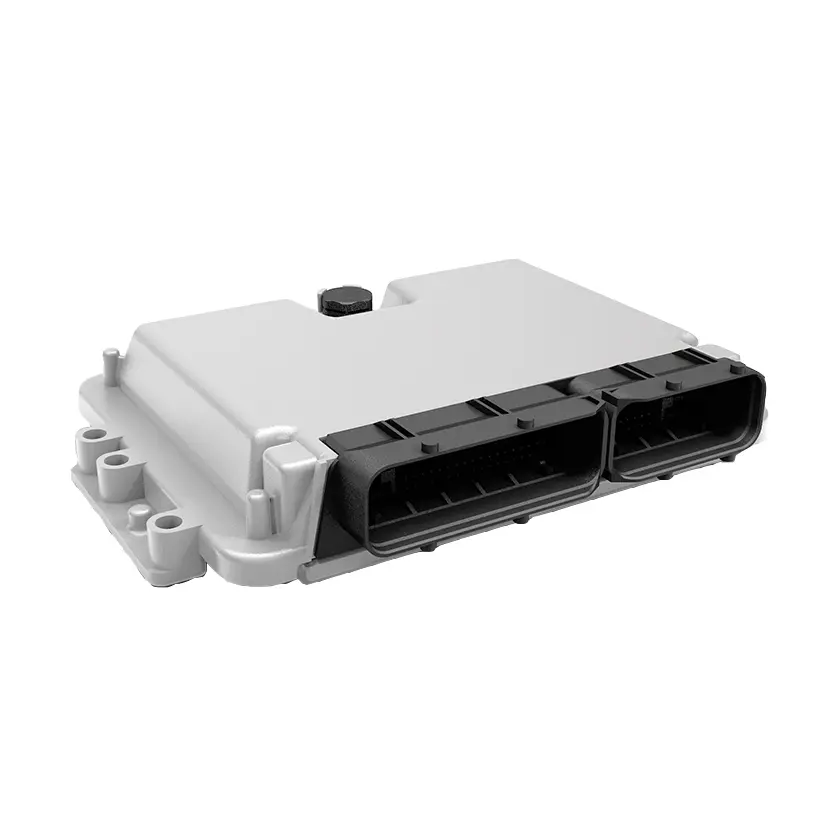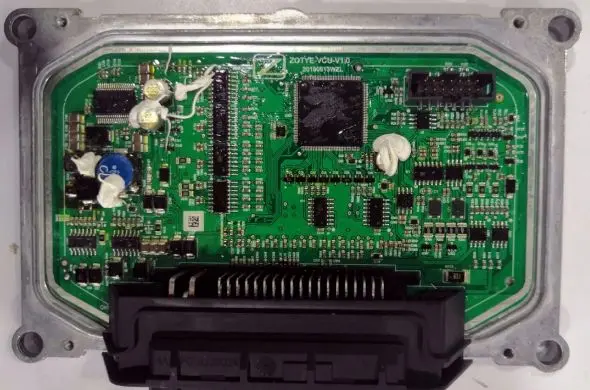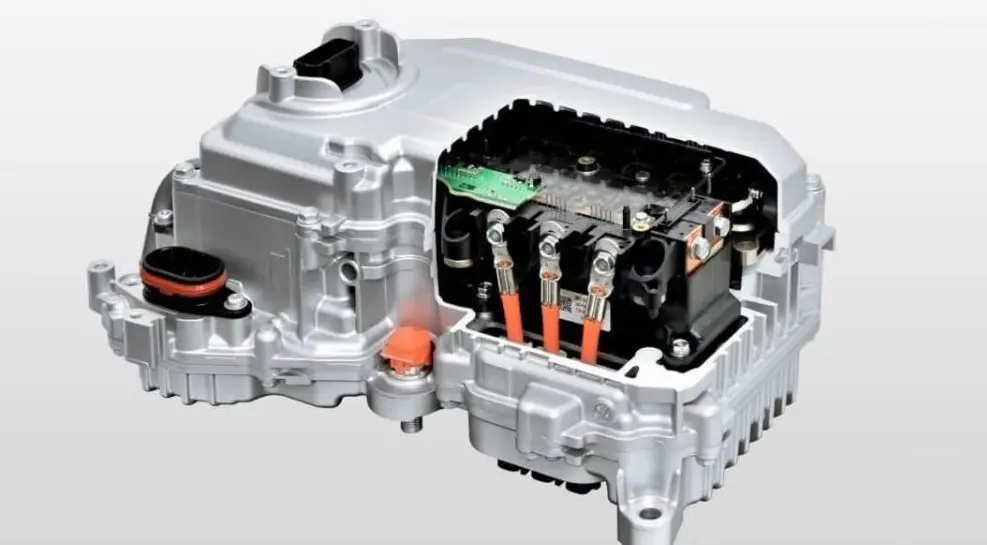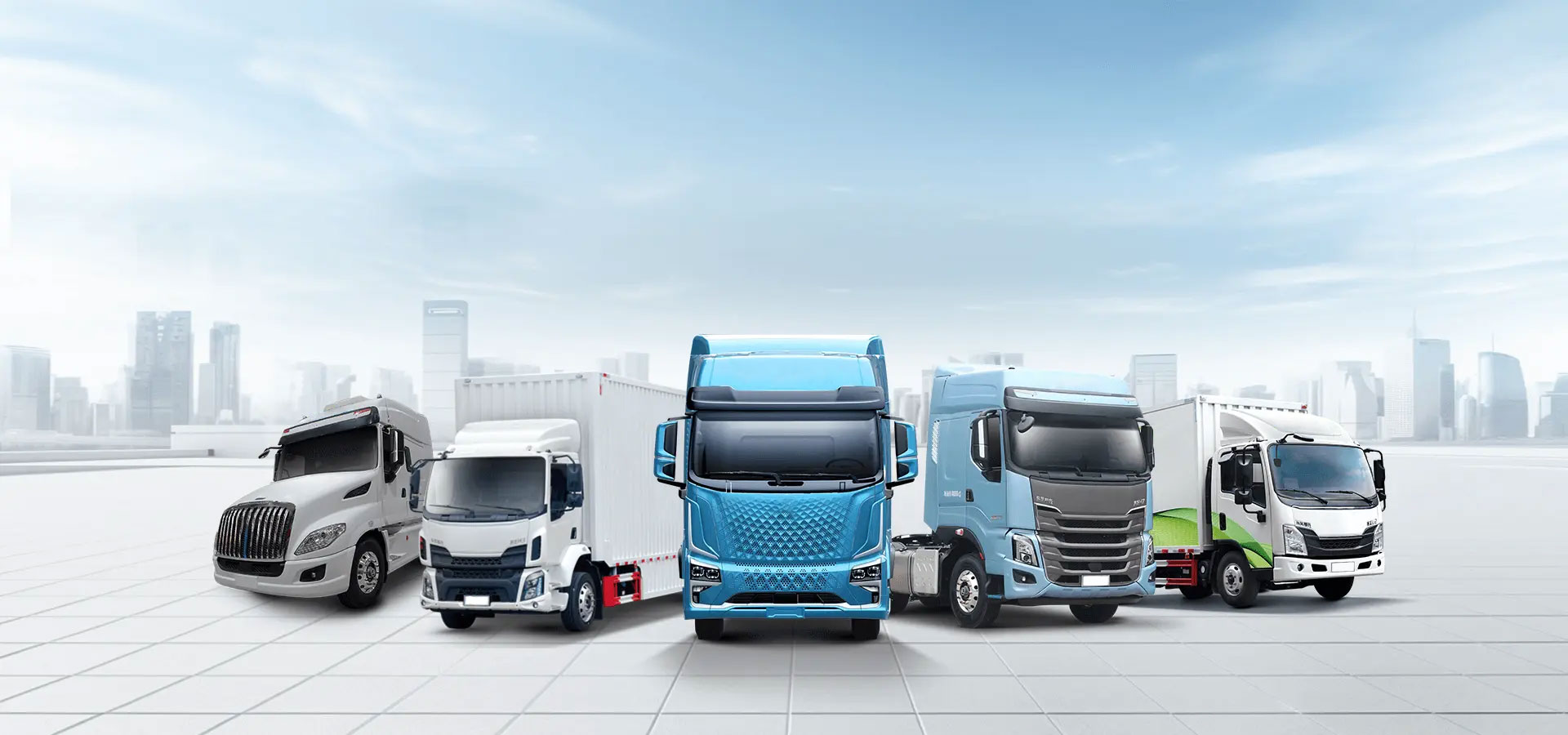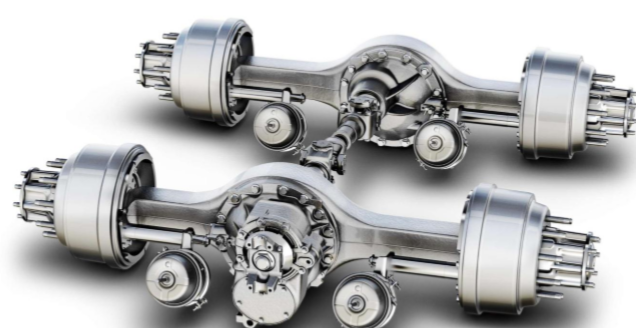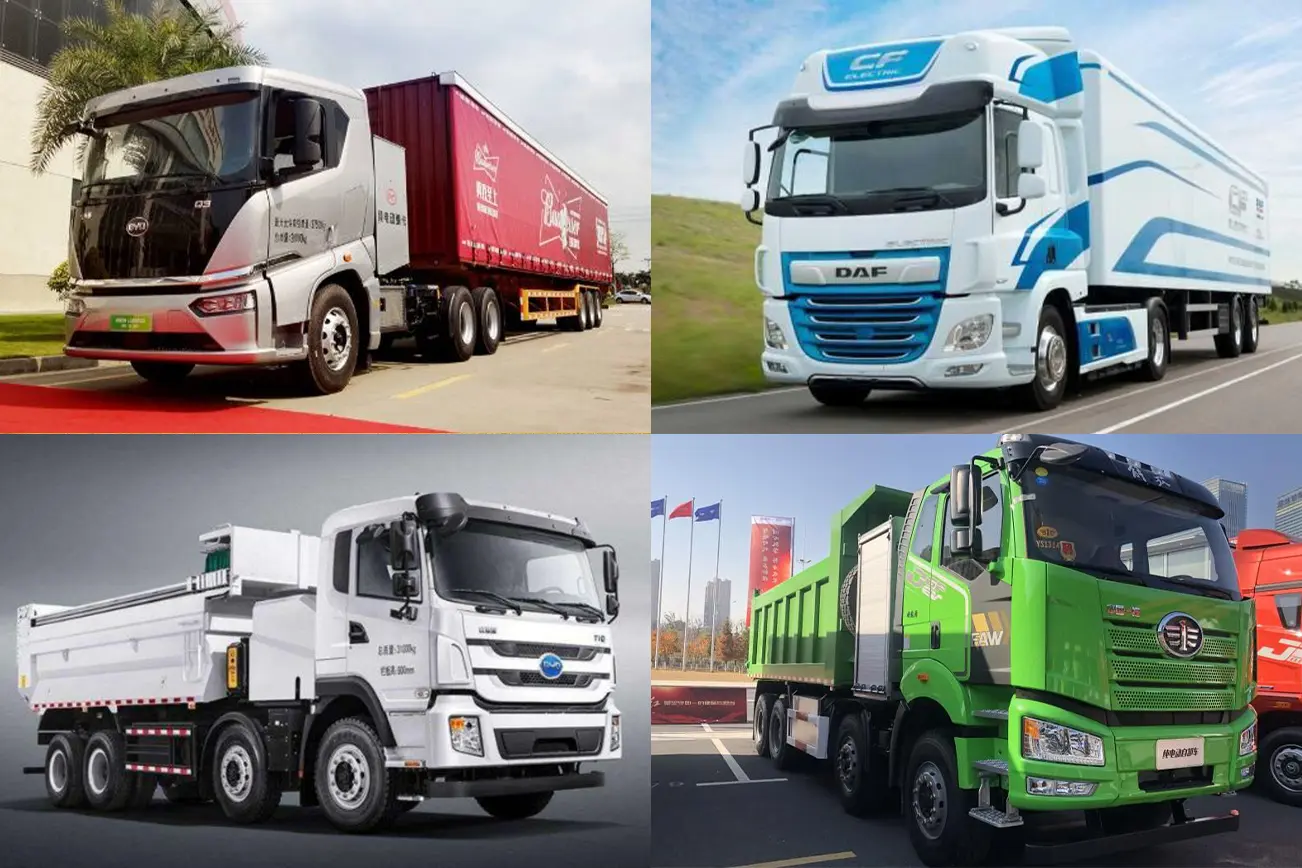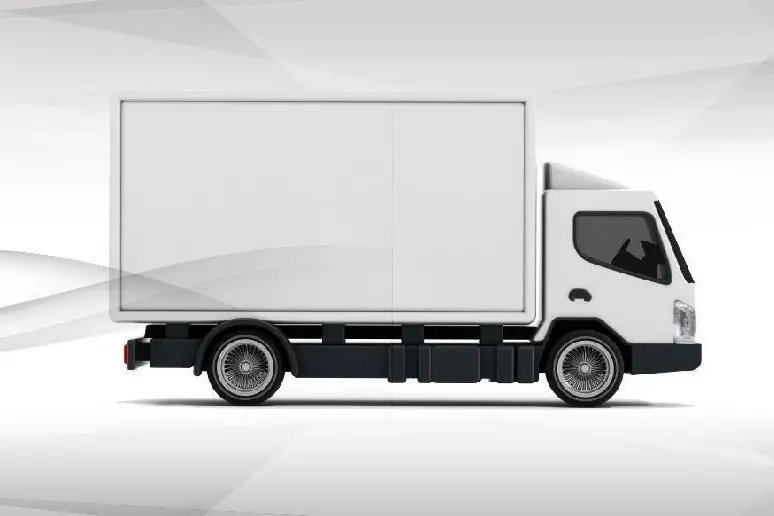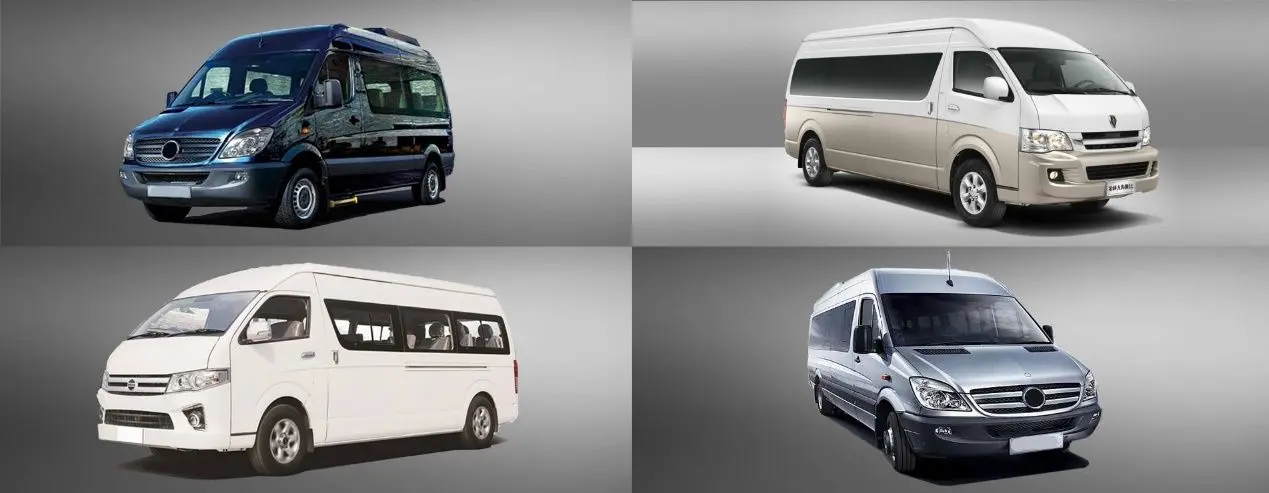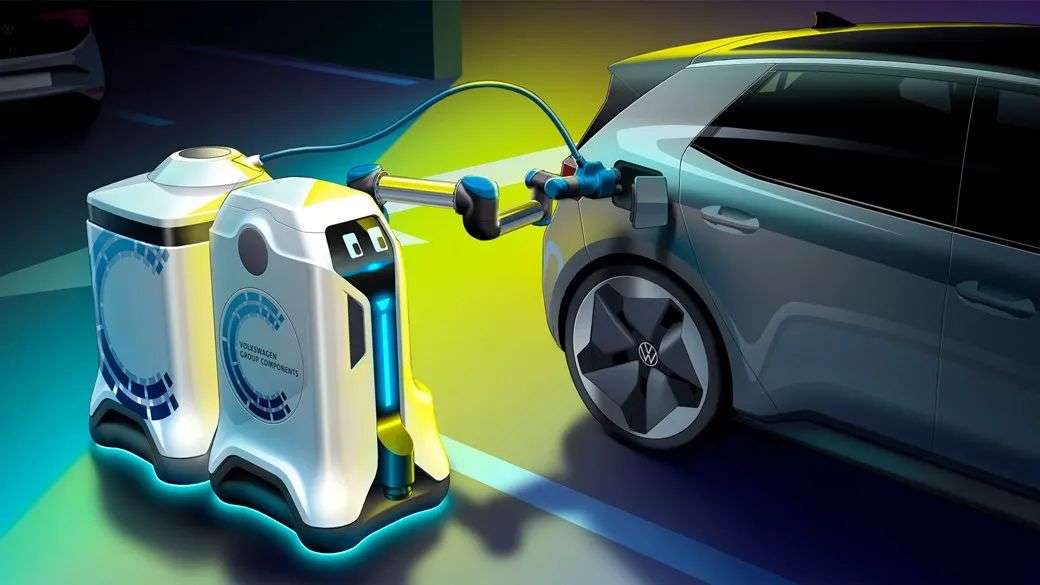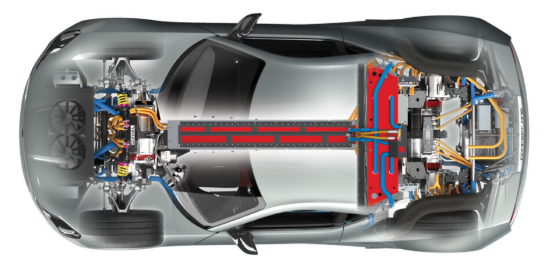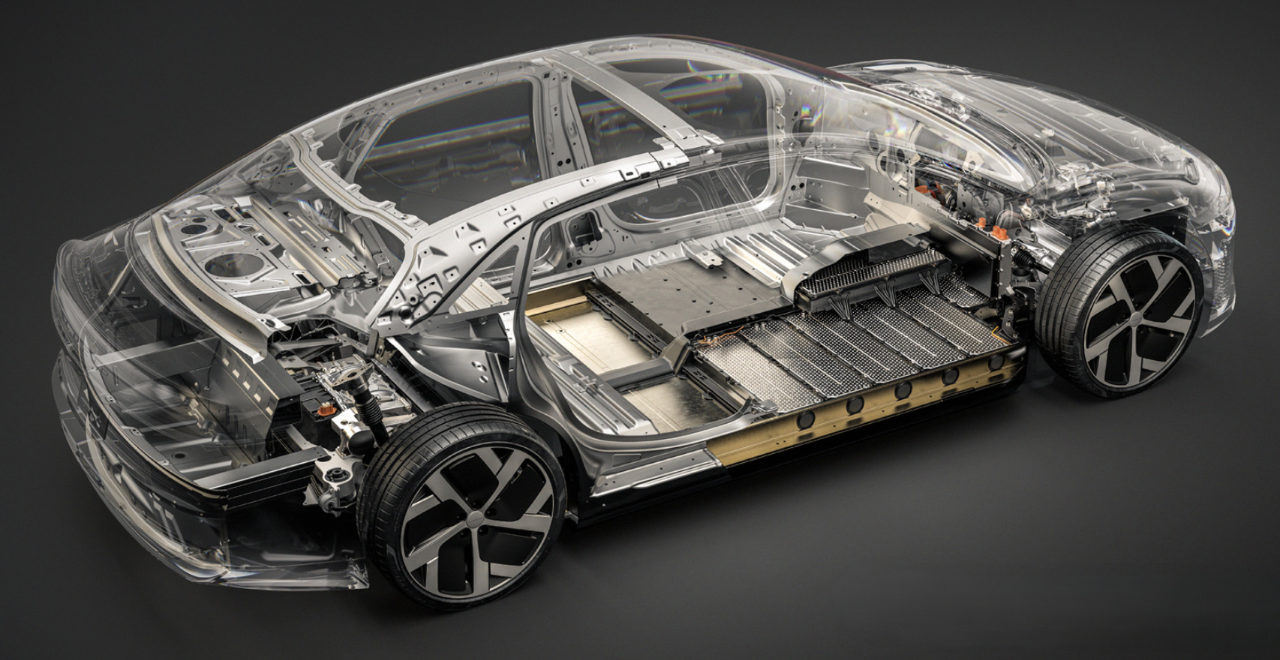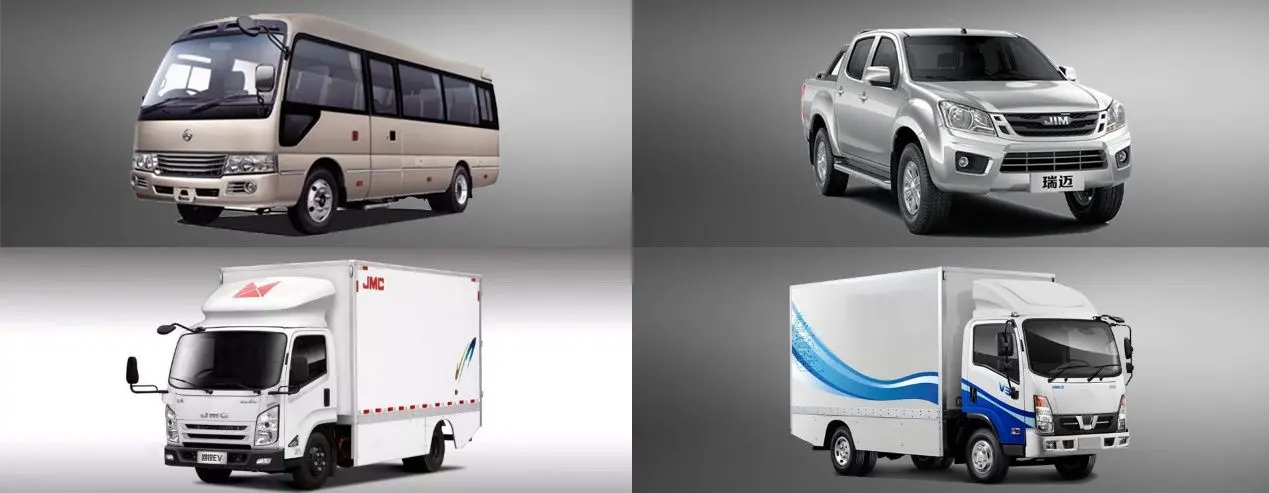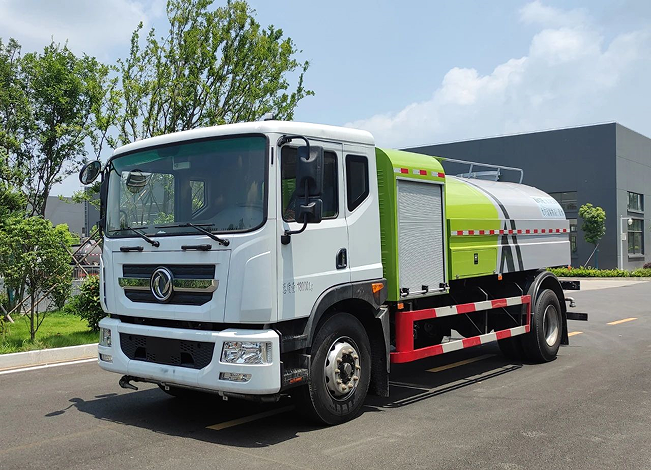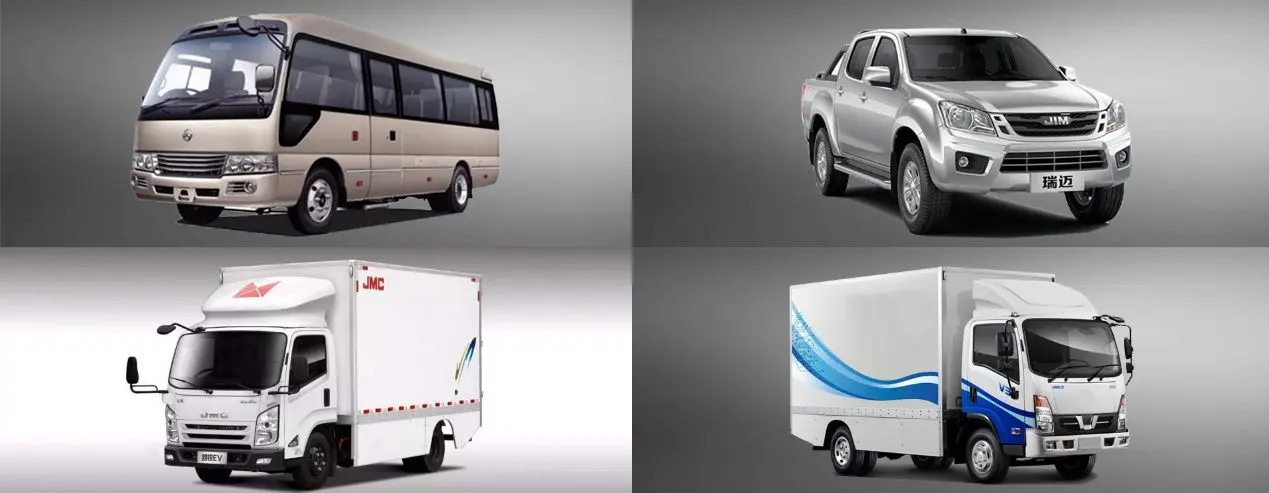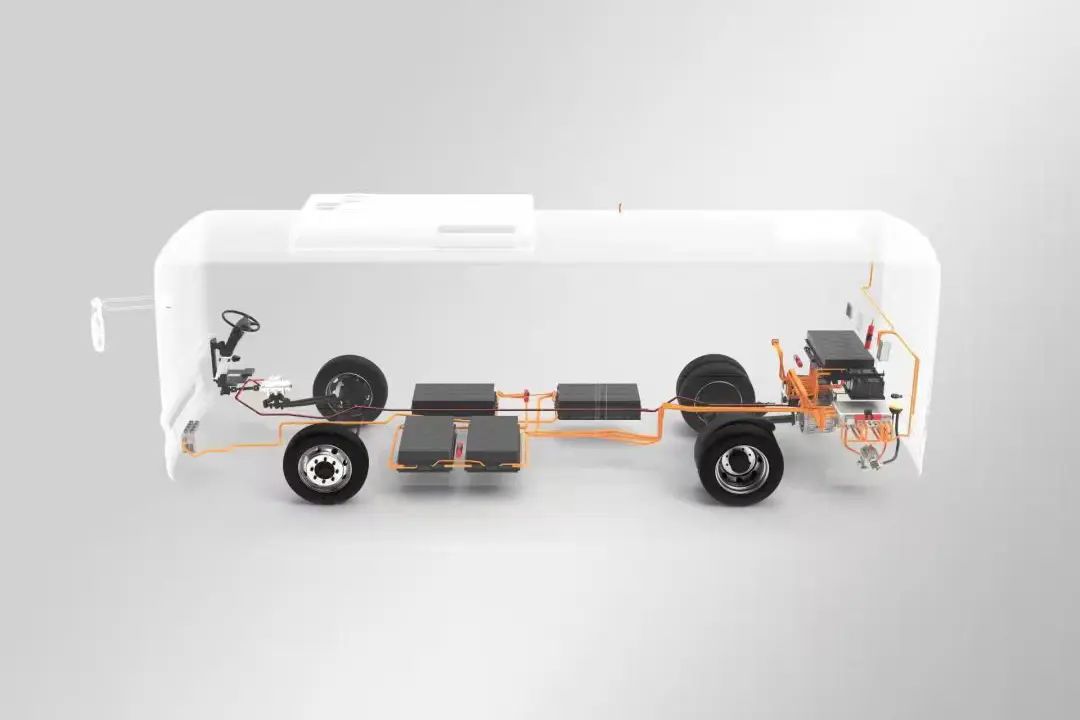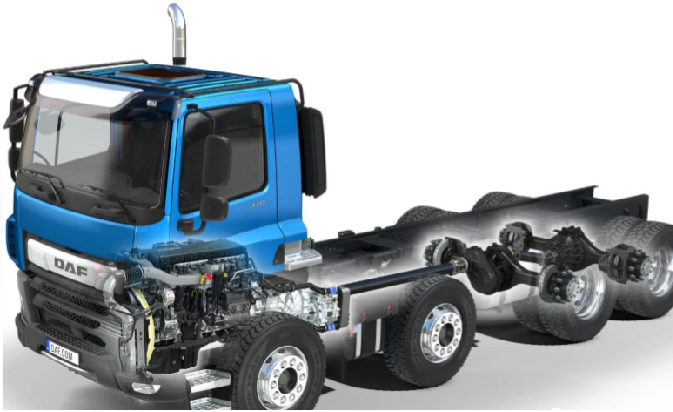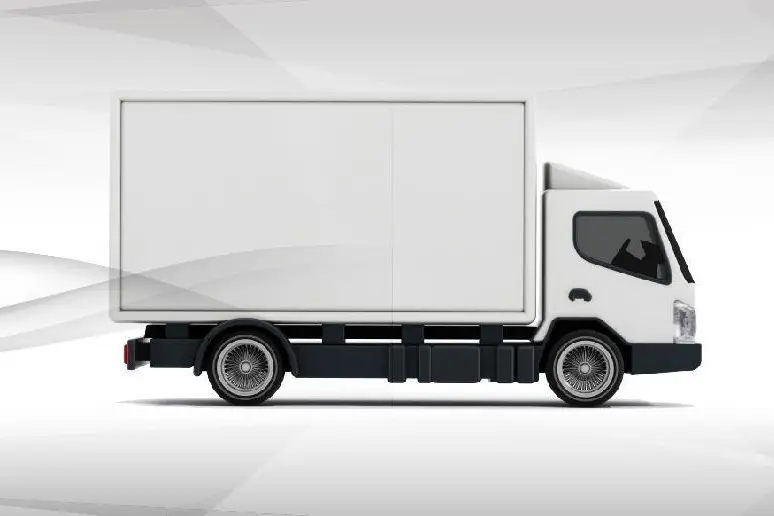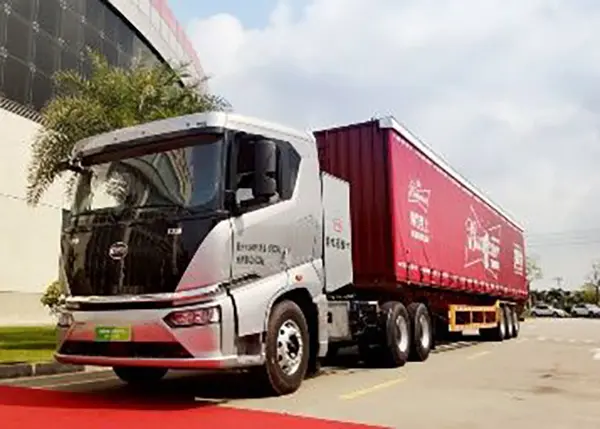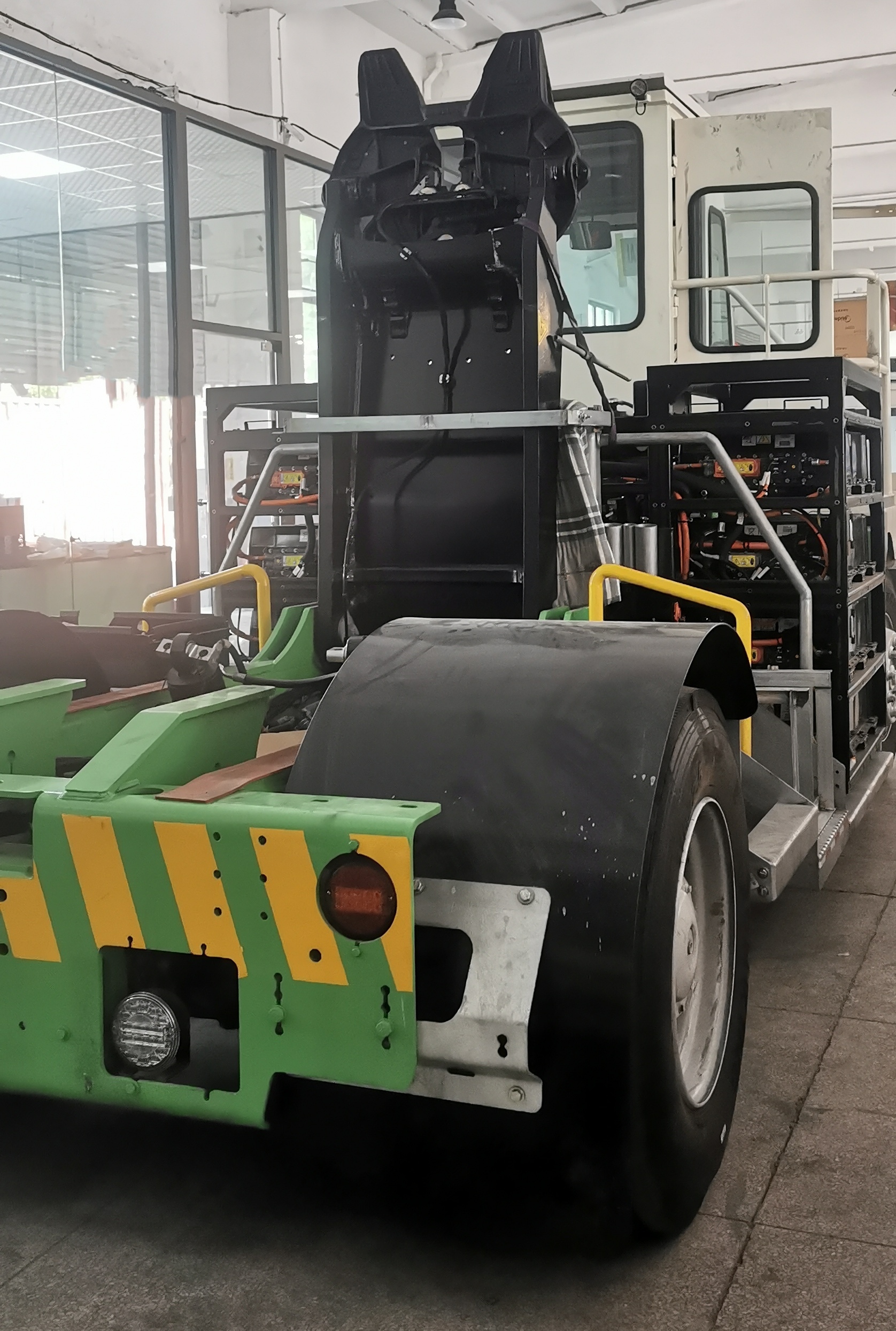Understanding EV Power Distribution Units: Essential Components, Types, and Future Trends
Introduction
Electric vehicles (EVs) have rapidly evolved over the past decade, becoming more advanced in terms of technology, infrastructure, and power management. As EV adoption continues to rise globally, there is a growing emphasis on optimizing the internal electrical architecture to ensure safety, reliability, and efficiency. One of the critical components in an EV’s electrical system is the Power Distribution Unit (PDU). The PDU is responsible for managing and distributing electrical power from the main battery pack to various subsystems such as the drivetrain, HVAC system, infotainment, and lighting.
Understanding the role and importance of EV power distribution units can provide valuable insights into how these systems function, their essential components, different types, and how they contribute to the overall performance of electric vehicles. This comprehensive guide delves into the essential aspects of EV PDU units, including their components, types, working principles, advantages, future trends, and key considerations when choosing the right PDU for electric vehicles.
What is a Power Distribution Unit in Electric Vehicles?
A Power Distribution Unit (PDU) in electric vehicles is a critical electrical component responsible for managing the distribution of power from the main battery pack to various systems and components within the vehicle. The PDU acts as a centralized hub that allocates the correct voltage and current to each subsystem, ensuring optimal performance while preventing electrical faults such as short circuits, overcurrent, and overheating.
The PDU is designed to handle high-voltage DC power from the battery pack and convert it into appropriate voltages for individual systems. This includes managing power for the motor controller, powertrain, auxiliary systems, lighting, infotainment, and HVAC systems. By effectively regulating power distribution, the PDU contributes to the overall efficiency, safety, and functionality of the EV.
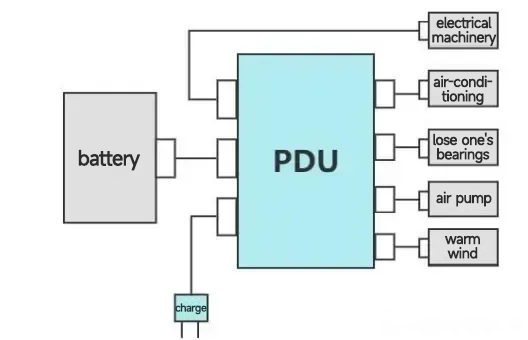
Key Components of EV Power Distribution Units
The effectiveness of an EV power distribution unit largely depends on its components, which are engineered to handle high-voltage systems safely. Key components of EV PDUs include:
- Circuit Breakers: Act as protective devices that interrupt power flow in case of excessive current, preventing potential damage to electrical systems.
- Fuses: Provide overcurrent protection by breaking the circuit when current levels exceed a safe threshold.
- Relays and Contactors: Enable the controlled distribution of power to various circuits by opening and closing circuits based on command signals.
- Busbars: Conduct and distribute power to different circuits within the PDU efficiently, minimizing resistance and energy loss.
- Connectors and Terminals: Ensure secure and reliable electrical connections, facilitating the transfer of power between components.
- Current Sensors and Monitoring Systems: Measure power consumption, detect anomalies, and provide data for system diagnostics and predictive maintenance.
- Control Module: Houses the software and firmware that manage power distribution based on real-time data inputs from sensors.
Types of Power Distribution Units for EVs
EV PDUs are categorized based on their design, functionality, and integration level. The main types of EV power distribution units include:
- Centralized PDUs: A single, consolidated unit that manages power distribution for all vehicle systems. Centralized PDUs reduce wiring complexity and weight but may be less flexible for upgrades.
- Modular PDUs: Consist of separate, replaceable modules for different systems (e.g., drivetrain, auxiliary power, lighting). Modular PDUs offer scalability, allowing manufacturers to add or remove modules as needed.
- Smart PDUs: Equipped with advanced communication interfaces, smart PDUs monitor power flow, detect faults, and provide real-time data to the vehicle’s central control unit. These units can be integrated with IoT systems for remote monitoring and diagnostics.
How EV Power Distribution Units Work
The operational principles of EV power distribution units involve several critical steps:
- Power Reception: The PDU receives high-voltage DC power from the main battery pack.
- Power Conversion: Power is converted to suitable voltage levels for different vehicle systems.
- Power Allocation: The PDU distributes power to subsystems such as the drivetrain, HVAC, infotainment, and lighting.
- Monitoring and Control: The control module monitors power flow, detects anomalies, and sends alerts if irregularities occur.
- Protection: Circuit breakers, fuses, and relays protect against overcurrent, short circuits, and overheating, ensuring safe operation.
Advantages of Power Distribution Units in Electric Vehicles
Implementing a well-designed PDU offers several benefits, including:
Efficient Power Management: PDUs distribute power effectively, preventing overloads and maintaining system stability.
Enhanced Safety: With built-in protection mechanisms, PDUs minimize the risk of electrical faults, overheating, and short circuits.
Weight and Space Reduction: Centralized PDUs reduce wiring complexity, resulting in lighter and more compact vehicle designs.
Scalability: Modular PDUs provide flexibility, allowing manufacturers to adapt to different EV configurations without extensive redesigns.
Real-Time Monitoring: Smart PDUs enable continuous monitoring of power flow, optimizing energy use and facilitating predictive maintenance.
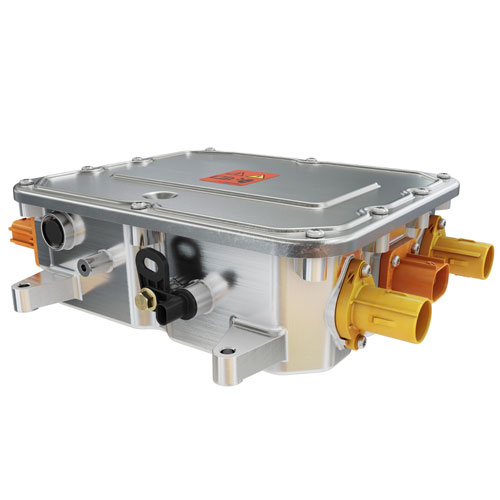
Future Trends in EV Power Distribution Units
The future of EV PDUs is characterized by increasing integration of smart technologies and advanced materials. Key trends include:
AI and Machine Learning Integration: Predictive analytics for identifying power distribution inefficiencies and preventing faults.
Wireless Power Distribution: Reducing wiring and enhancing design flexibility.
Solid-State Circuit Protection: Faster, more reliable protection against electrical faults.
Increased Cybersecurity: Protecting the PDU’s control module against potential cyber threats.
Integration with IoT Platforms: Remote monitoring and diagnostics for fleet management and maintenance optimization.
How to Choose the Right Power Distribution Unit for Electric Vehicles
Choosing the right PDU requires consideration of various factors:
- Power Capacity and Voltage Rating: Ensure the PDU can handle peak power loads without overheating or causing voltage drops.
- Modularity and Scalability: Opt for modular designs to accommodate potential upgrades or system expansions.
- Safety and Compliance: Verify that the PDU meets relevant safety standards and incorporates robust protection mechanisms.
- Monitoring Capabilities: Select smart PDUs with real-time data monitoring, diagnostics, and communication interfaces.
- Cost and Efficiency: Balance cost with efficiency, ensuring optimal power management without compromising performance.
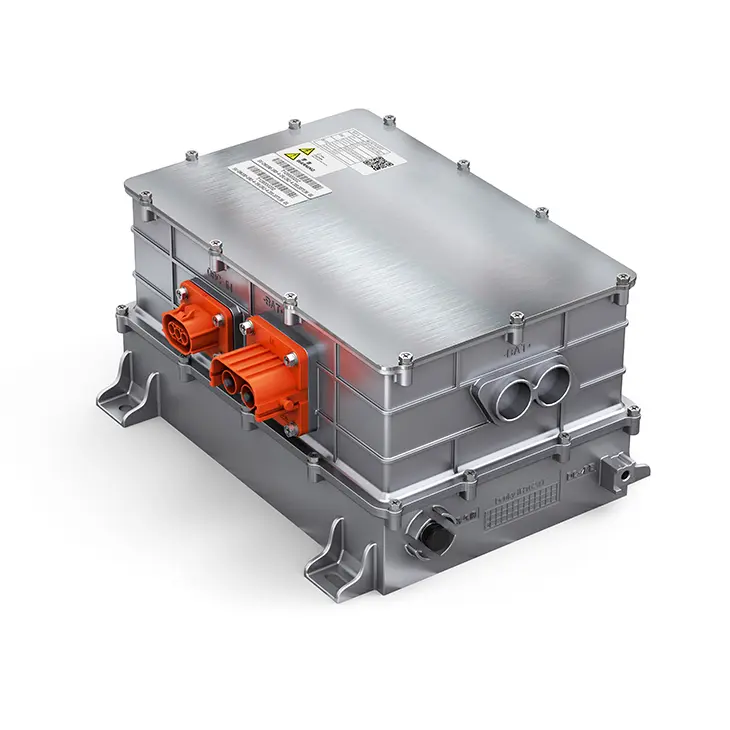
Why Choose Pumbaa EV Drive?
Optimize power management and charging for electric vehicles with Pumbaa EV Drive’s advanced PDU units and EV OBC solutions. Specifically crafted for EVs, our products provide effective power distribution and rapid, dependable onboard charging. From personal to commercial electric vehicles, our OBC solutions adhere to the highest safety and performance standards.
Pumbaa EV Drive is at the forefront of innovative PDU units and EV OBC systems, delivering exceptional energy management to keep your EV running smoothly and safely. Rely on us to power your path toward a more sustainable future.
Conclusion
EV power distribution units are essential for the safe and efficient allocation of electrical power throughout electric vehicles. By effectively managing power flow, PDUs contribute to improved vehicle performance, safety, and reliability. As EV technology advances, the integration of smart features, predictive analytics, and solid-state components will further enhance PDU functionality, making them indispensable in the future of electric mobility. Understanding the key components, types, and emerging trends in EV PDUs empowers manufacturers, designers, and consumers to make informed decisions and drive the electric vehicle industry forward.
Read More: The Electric Vehicle Conversion Kits Market is Projected to Reach $2 Billion by 2030











